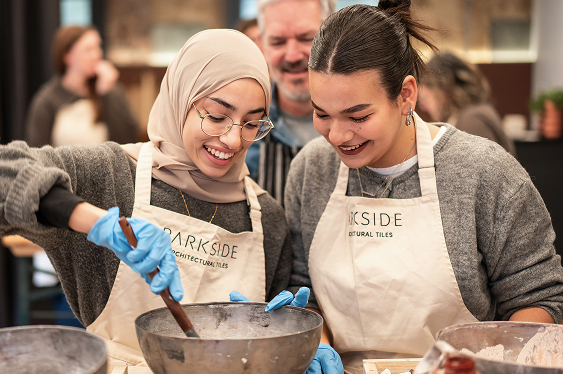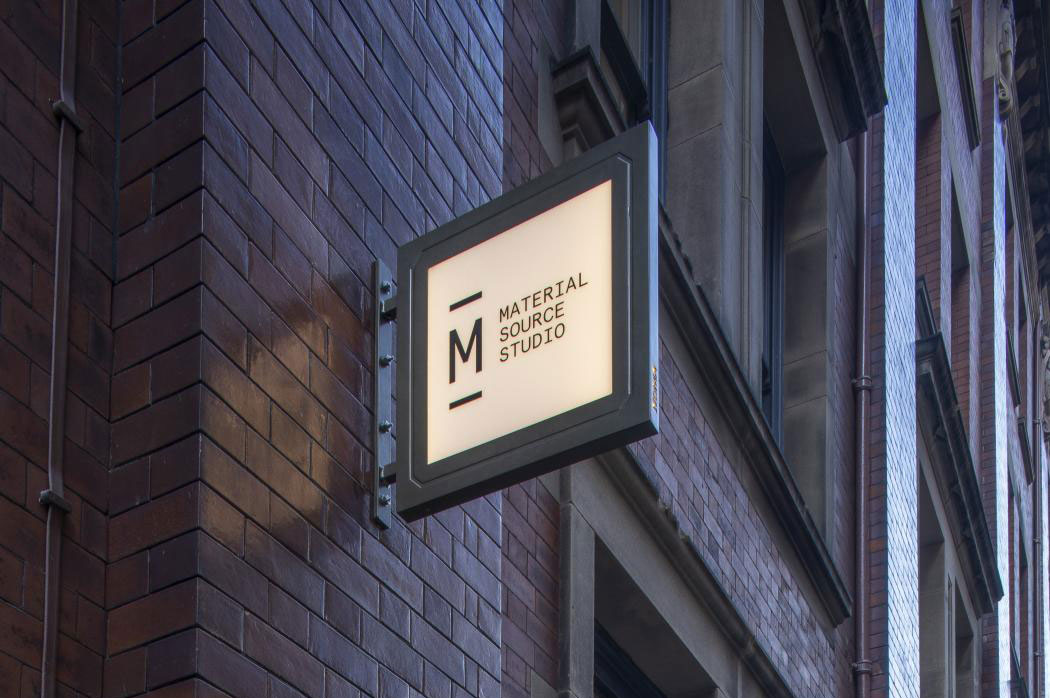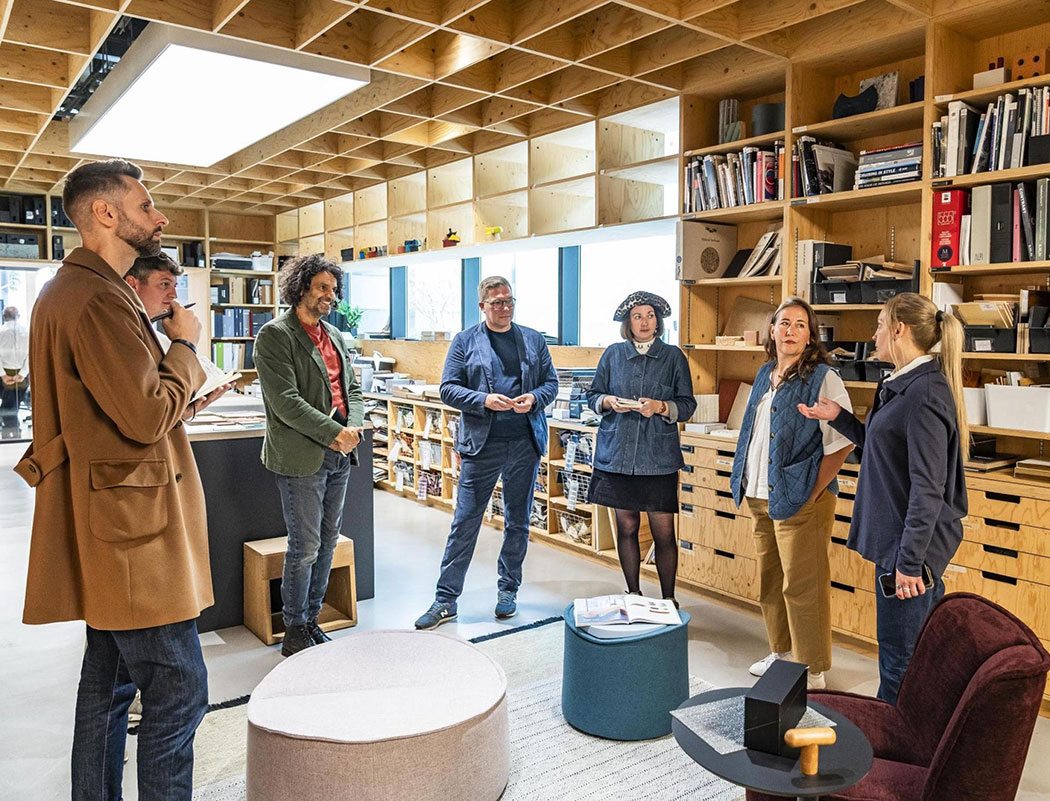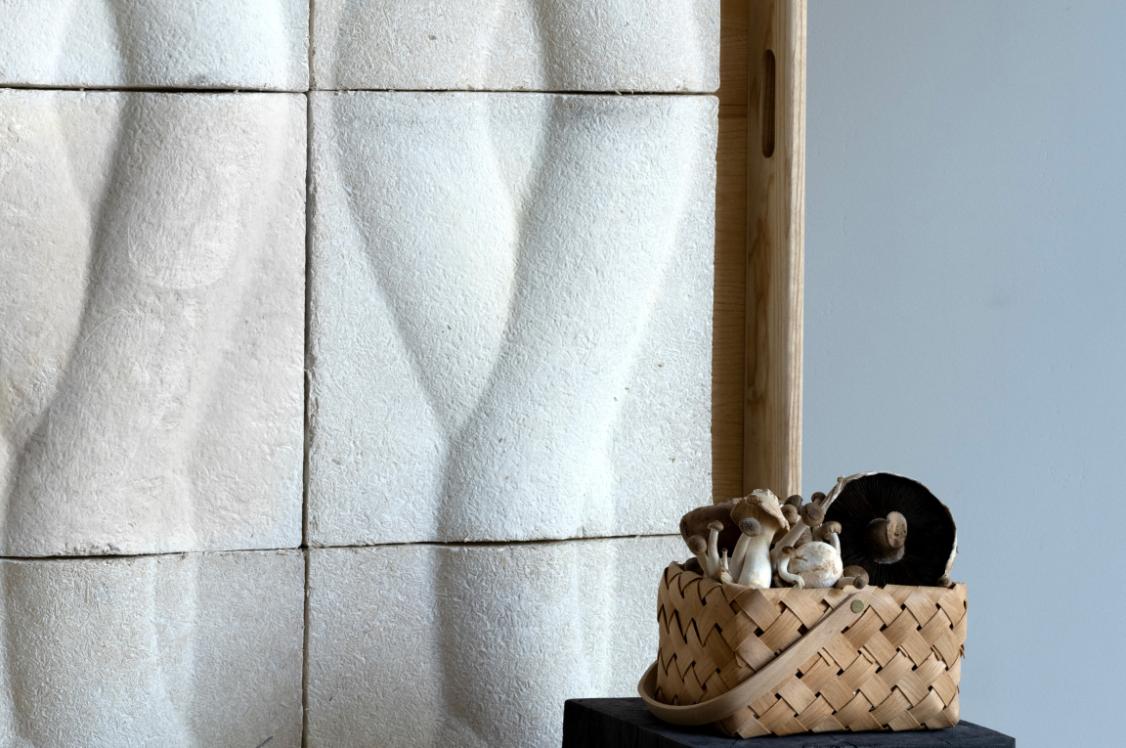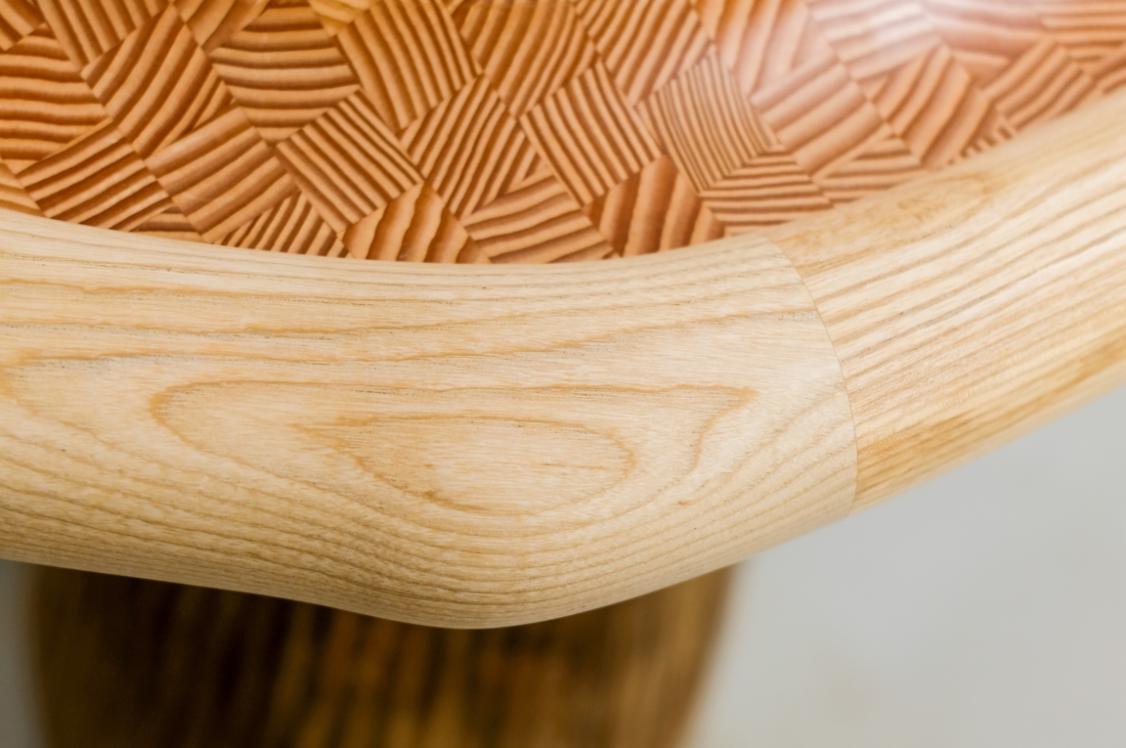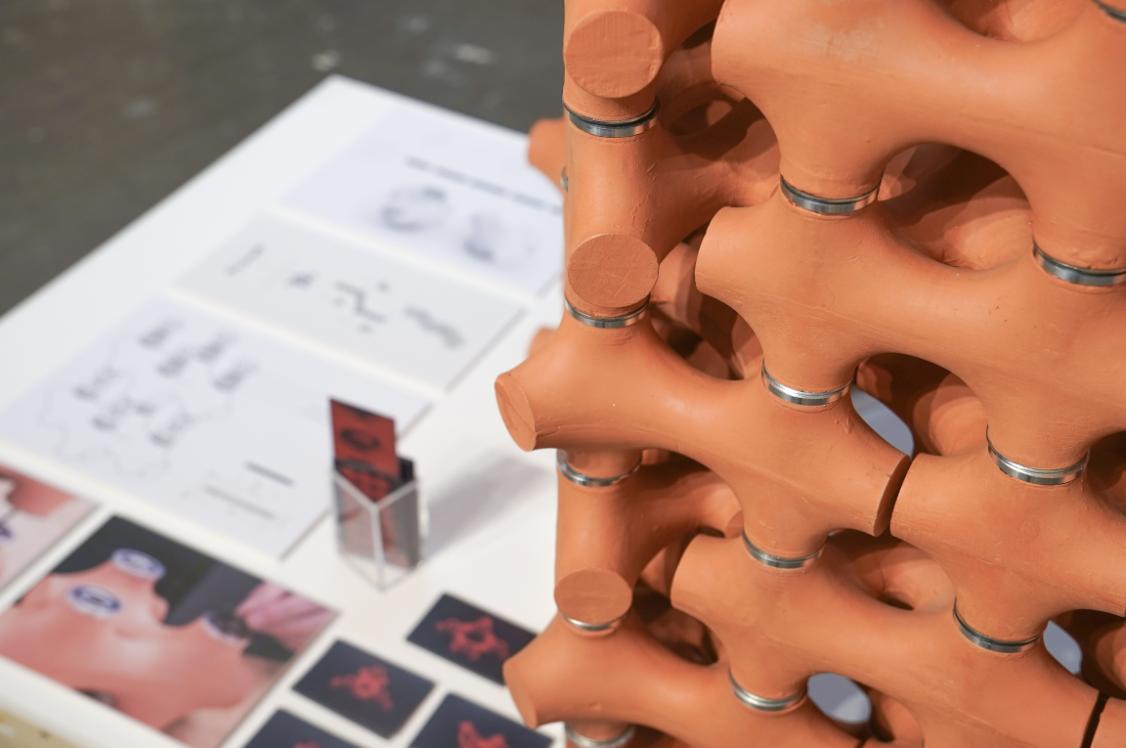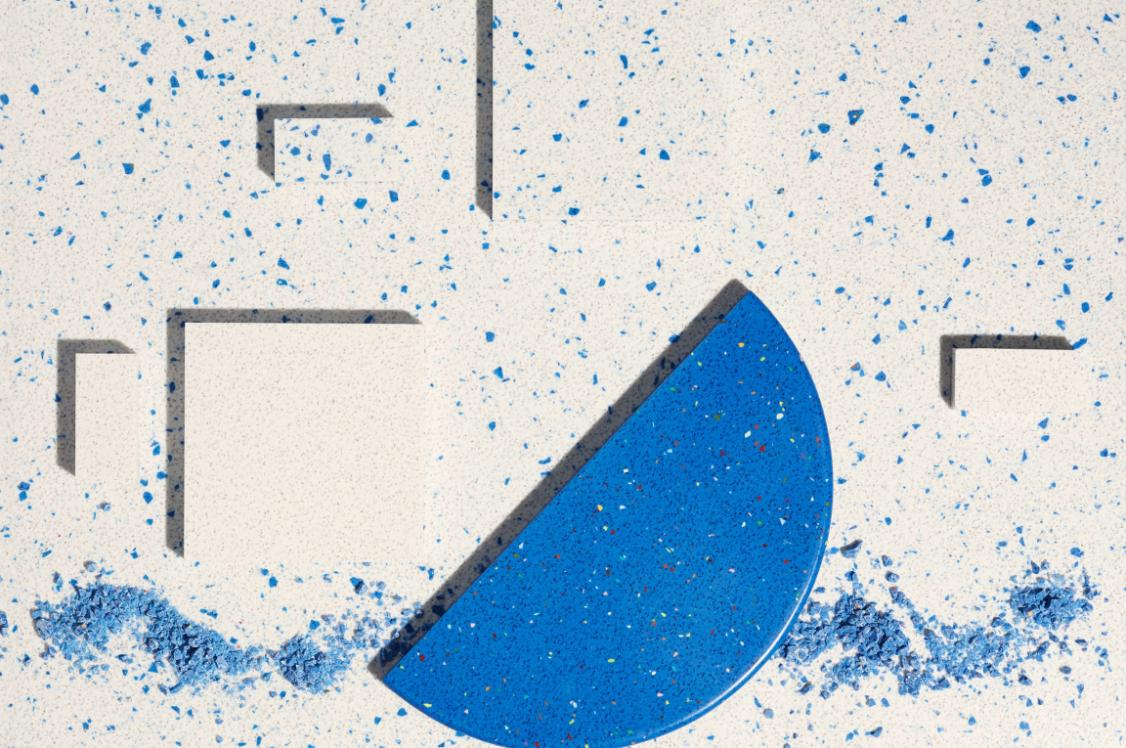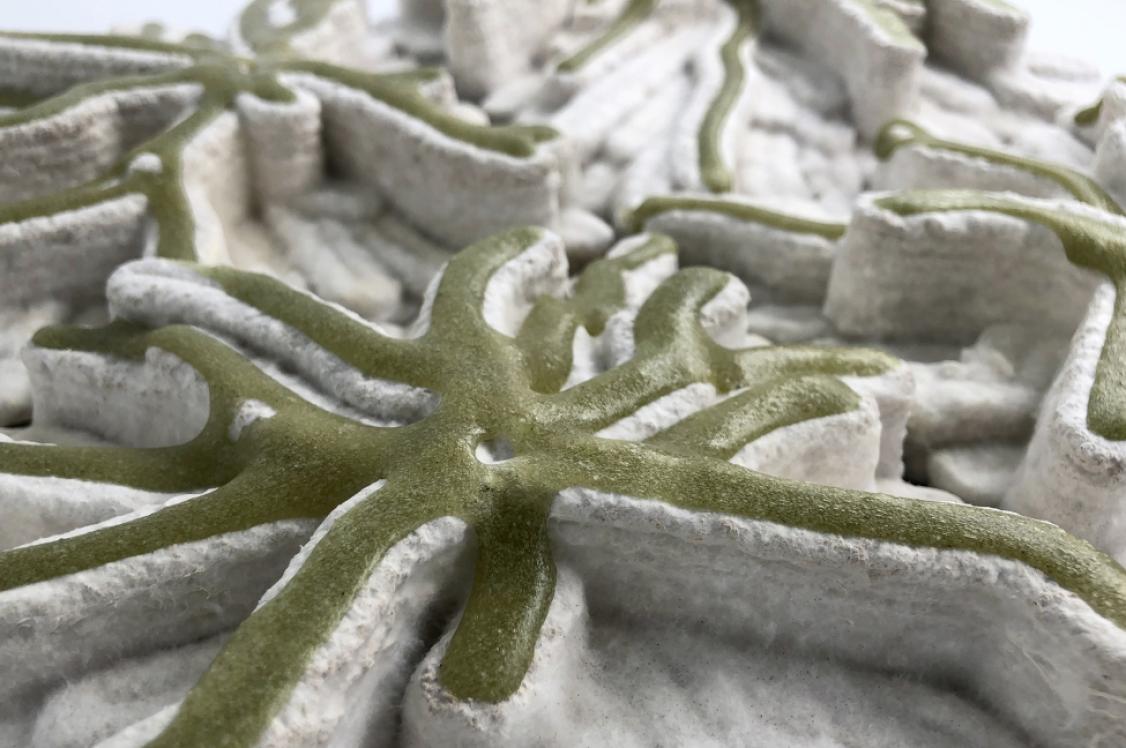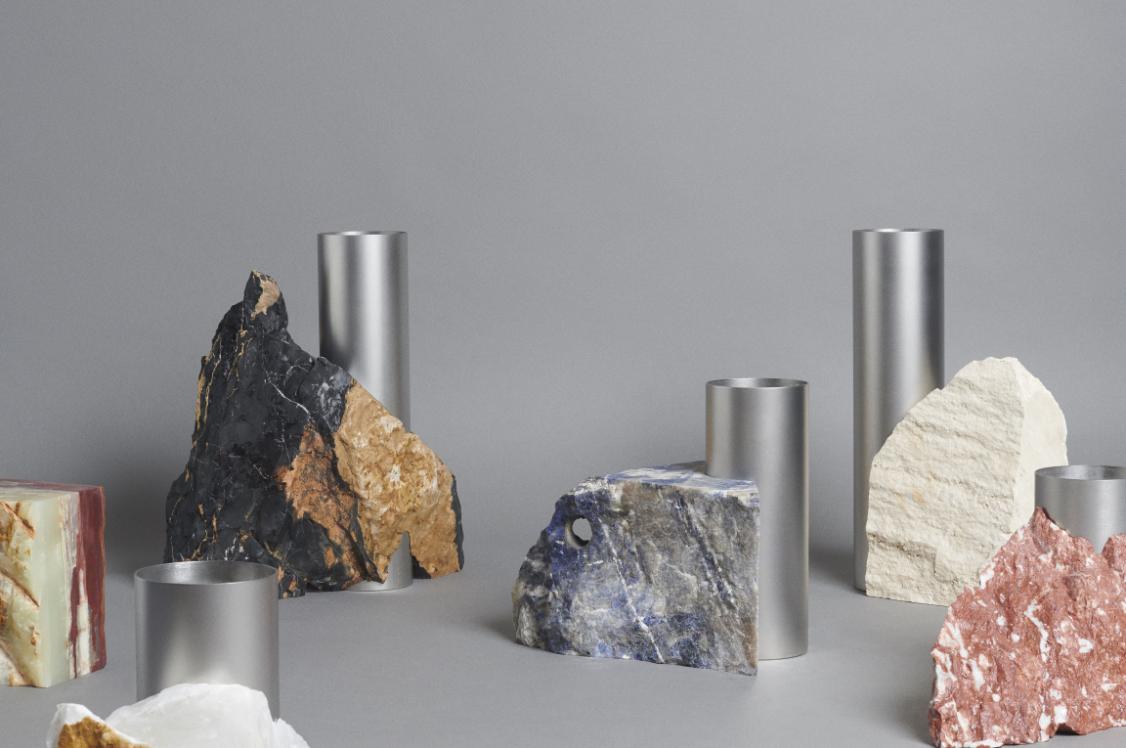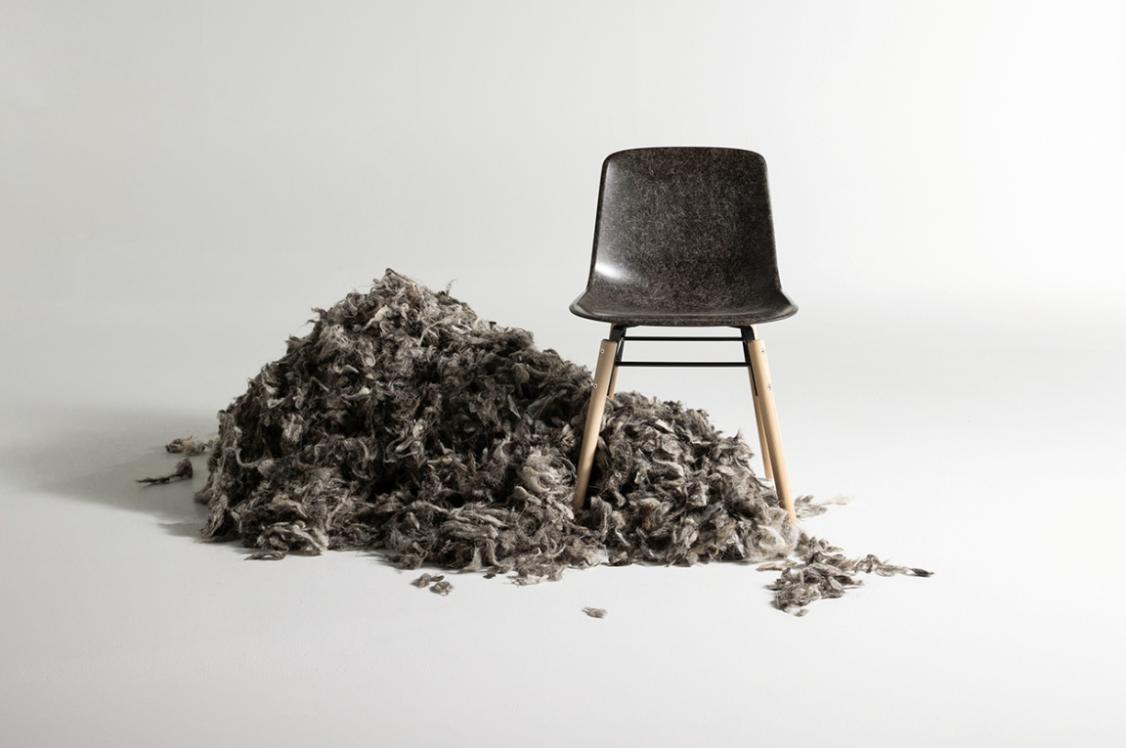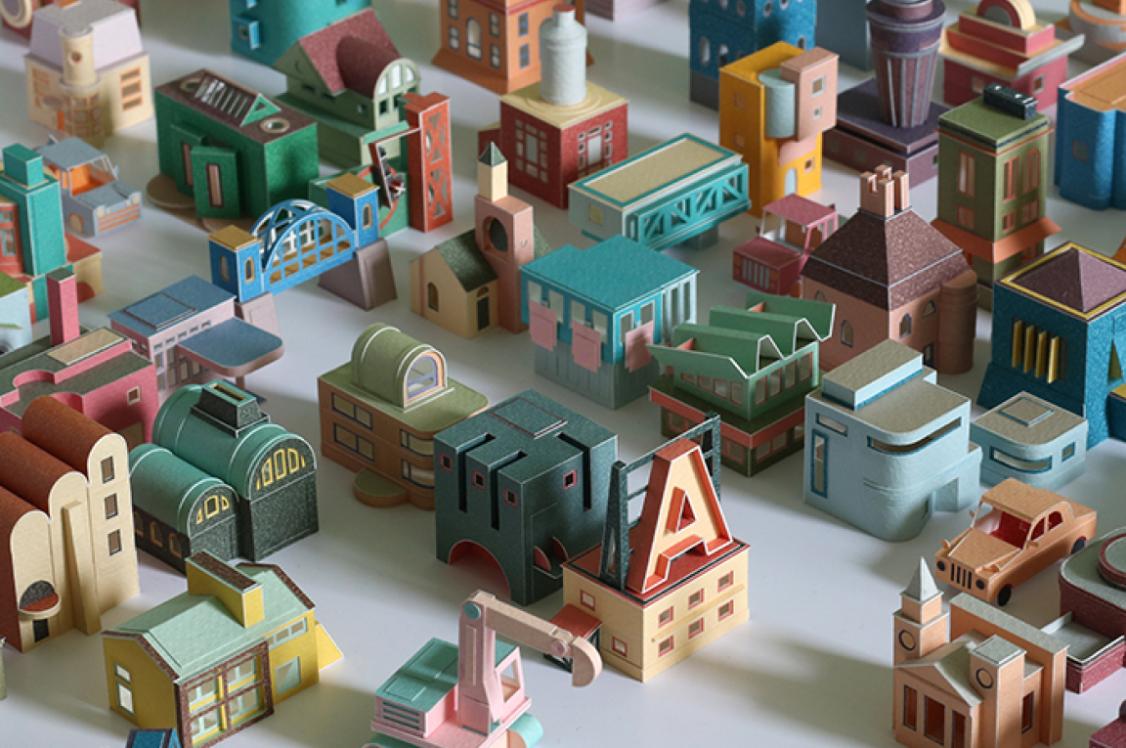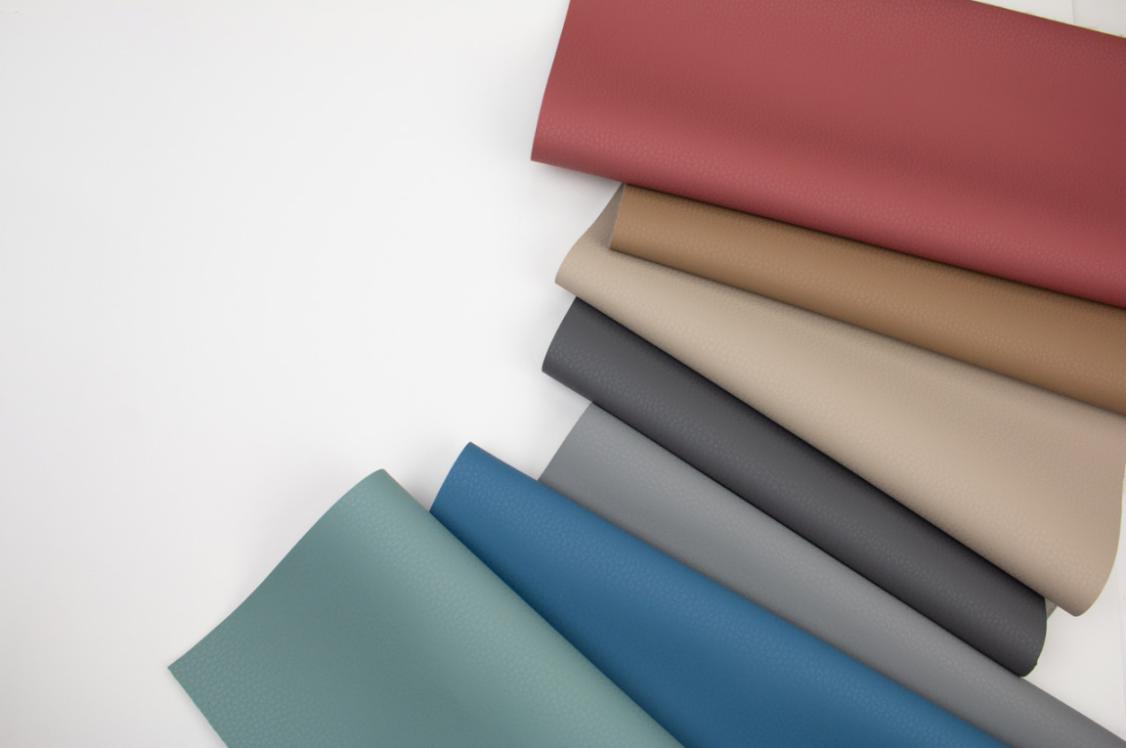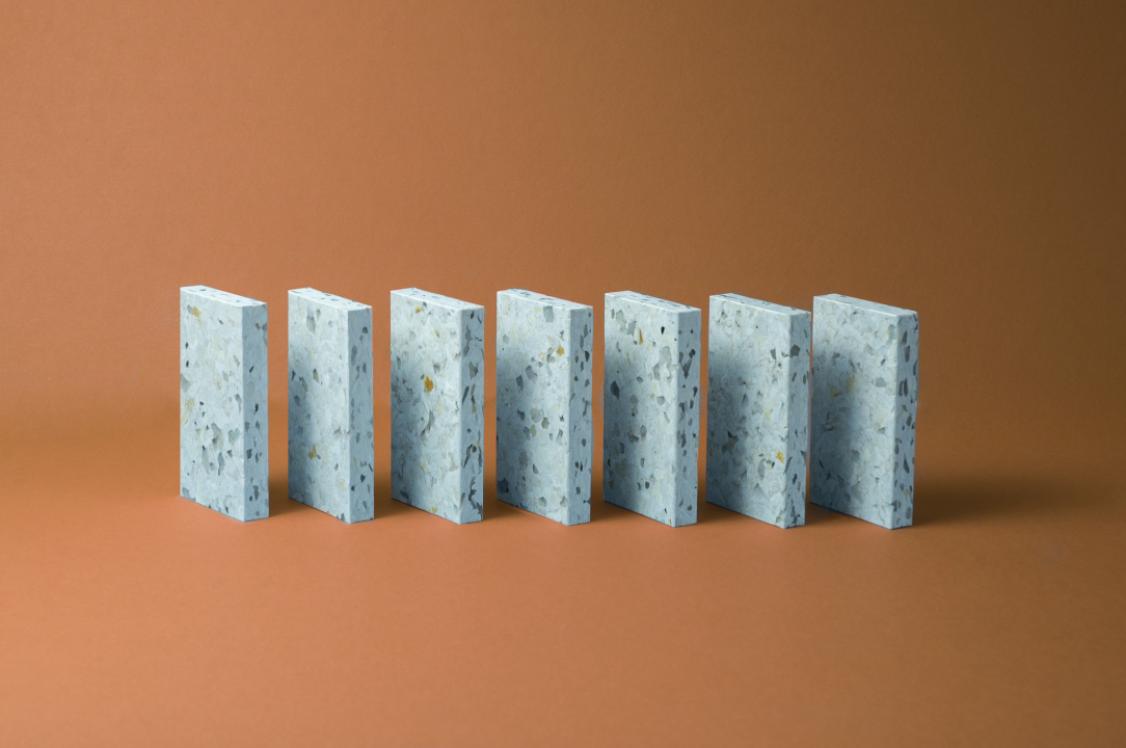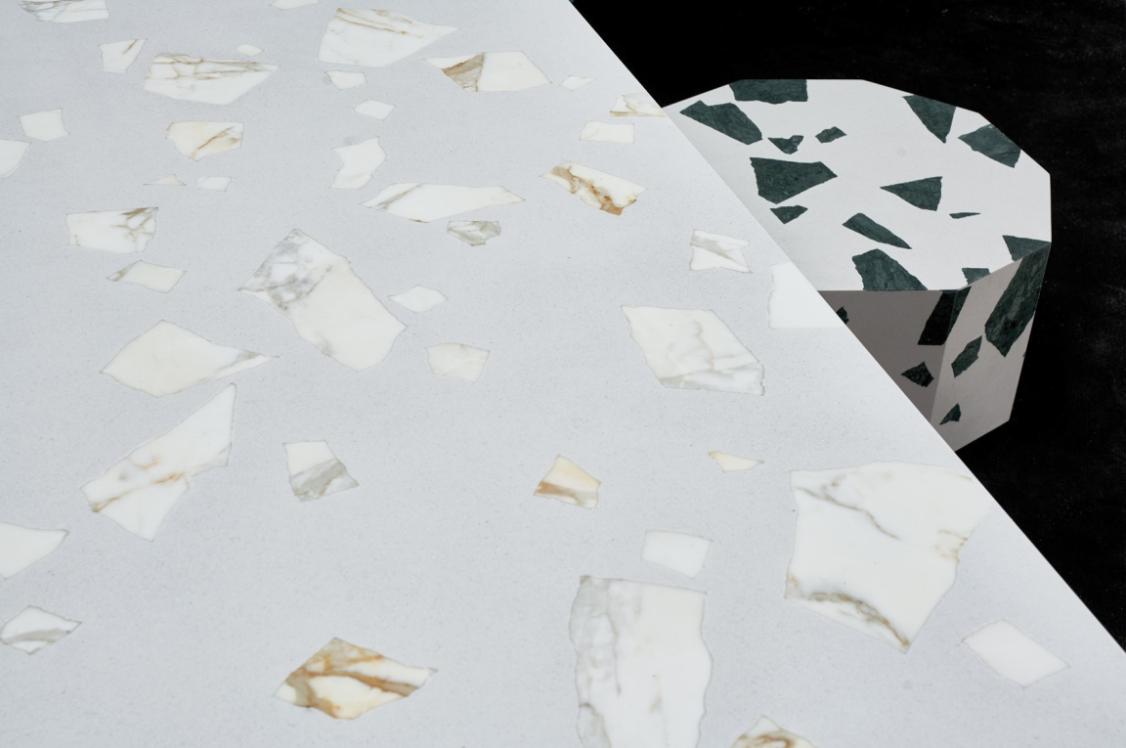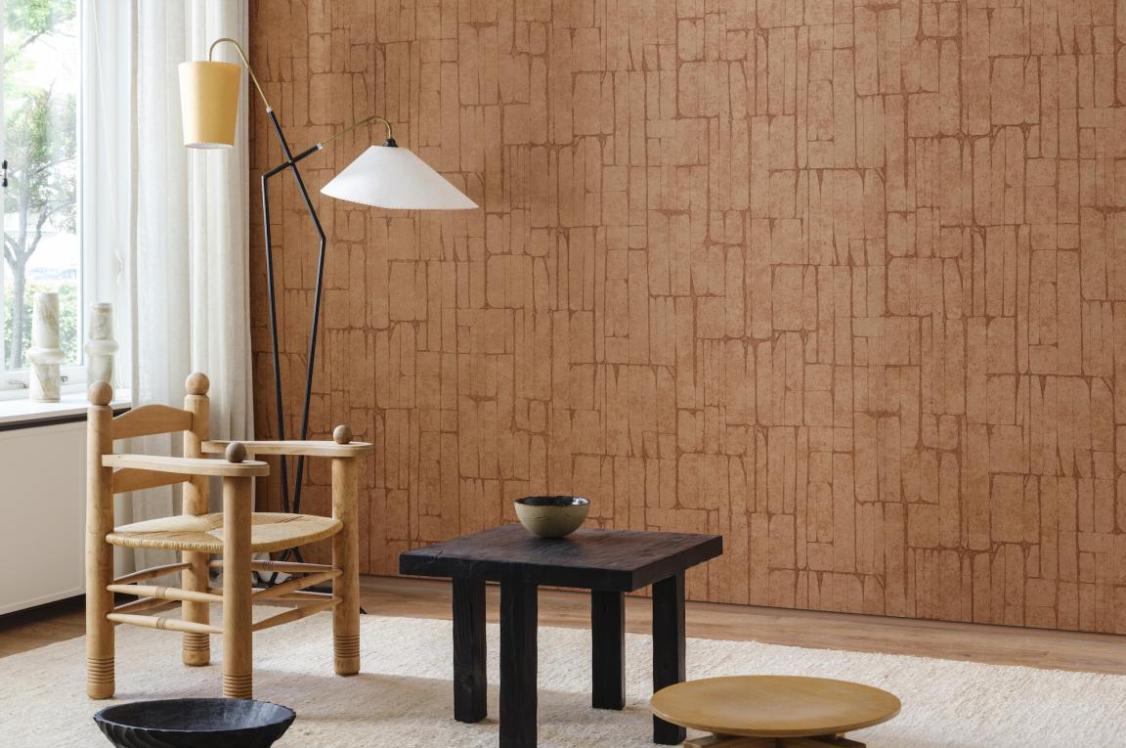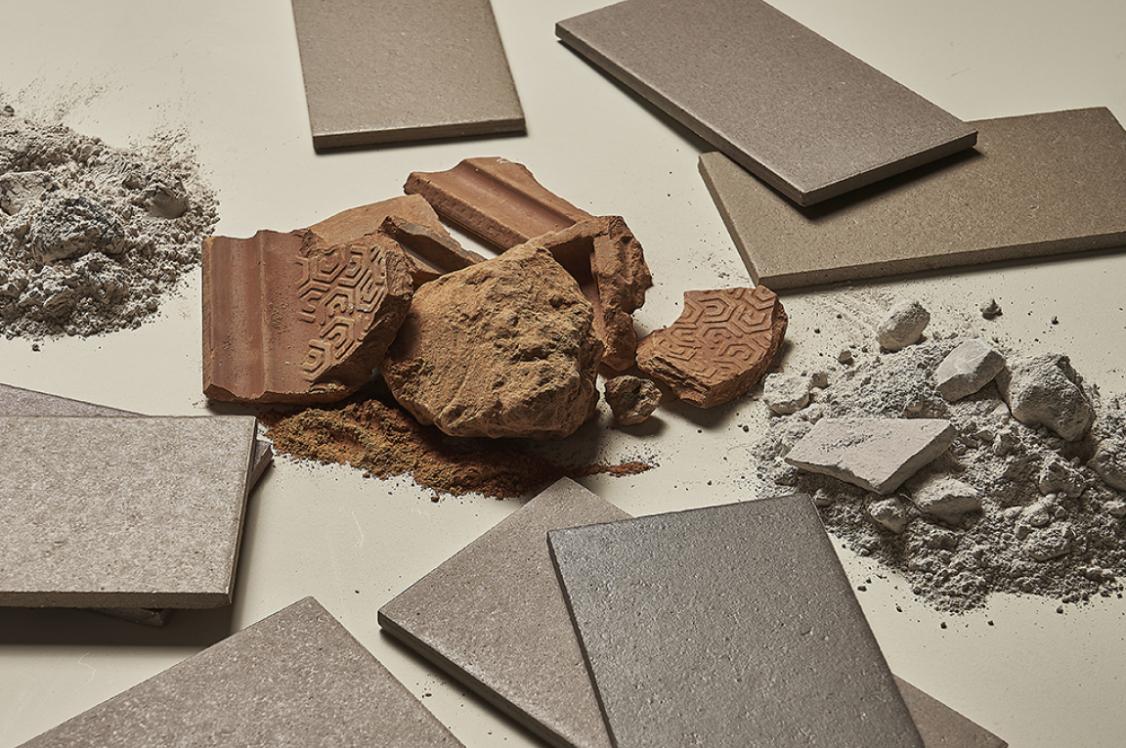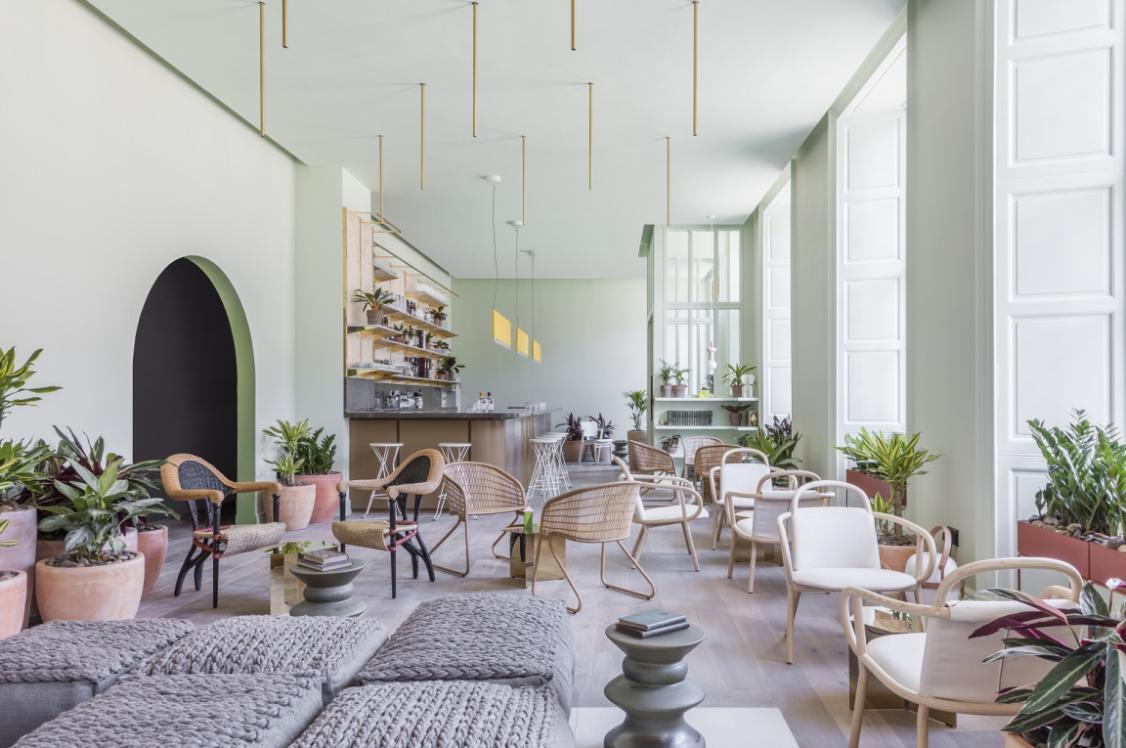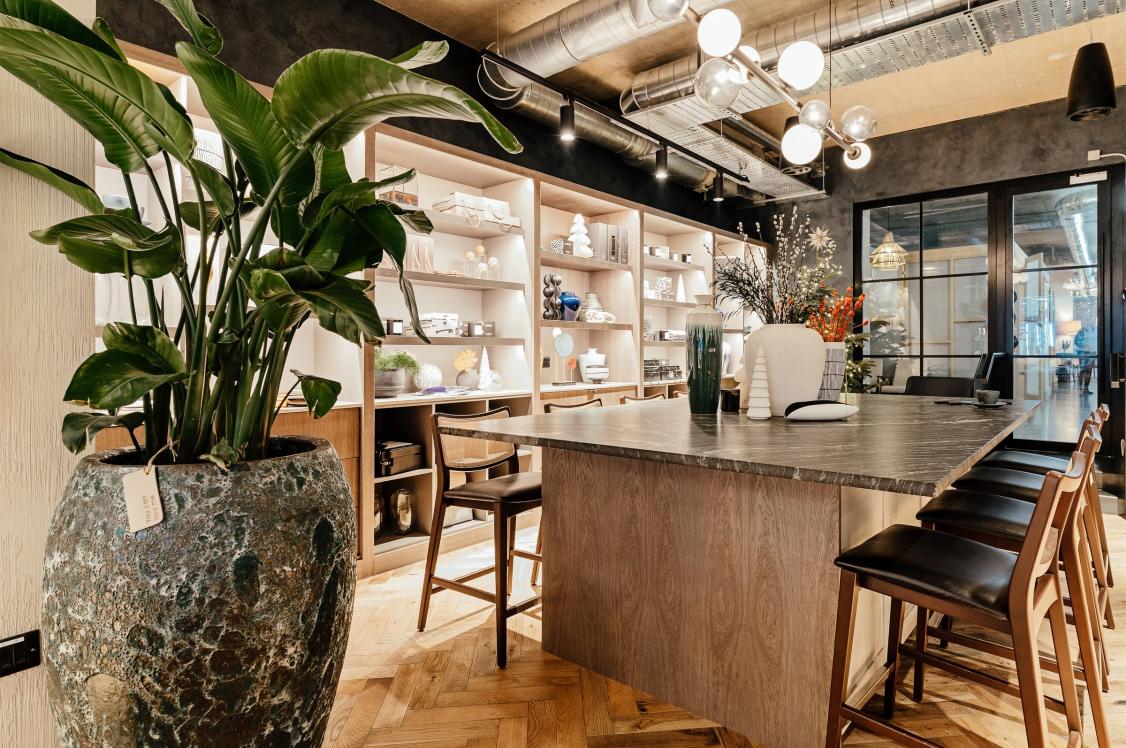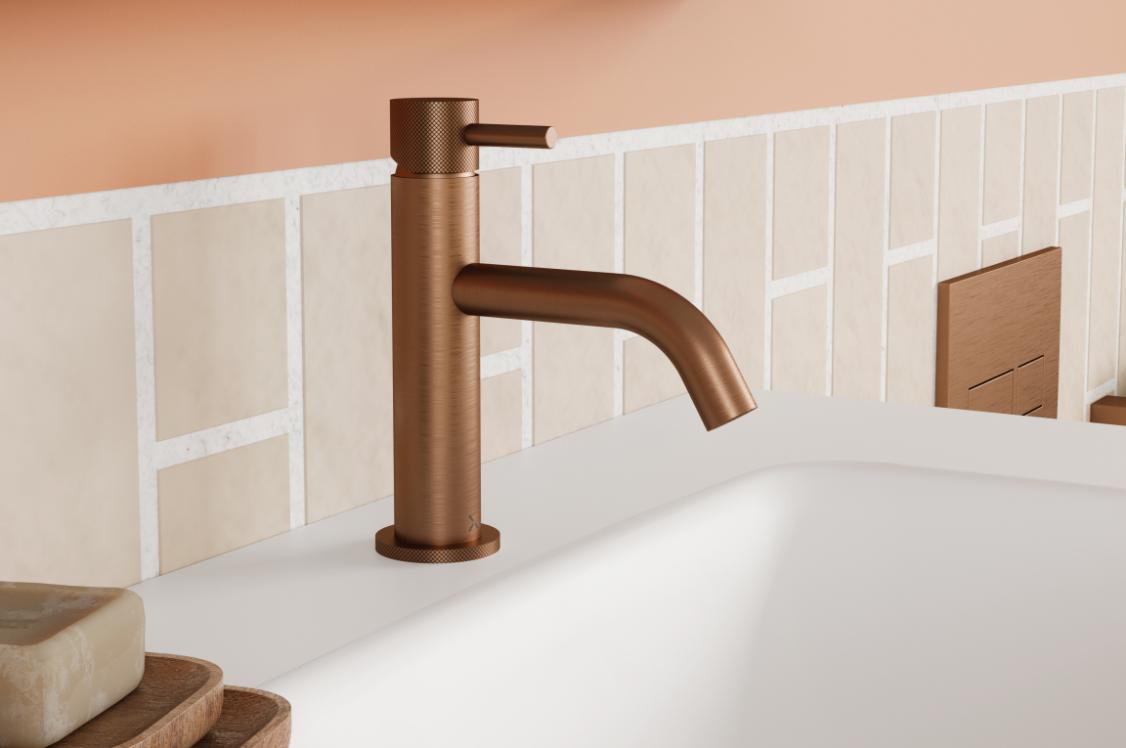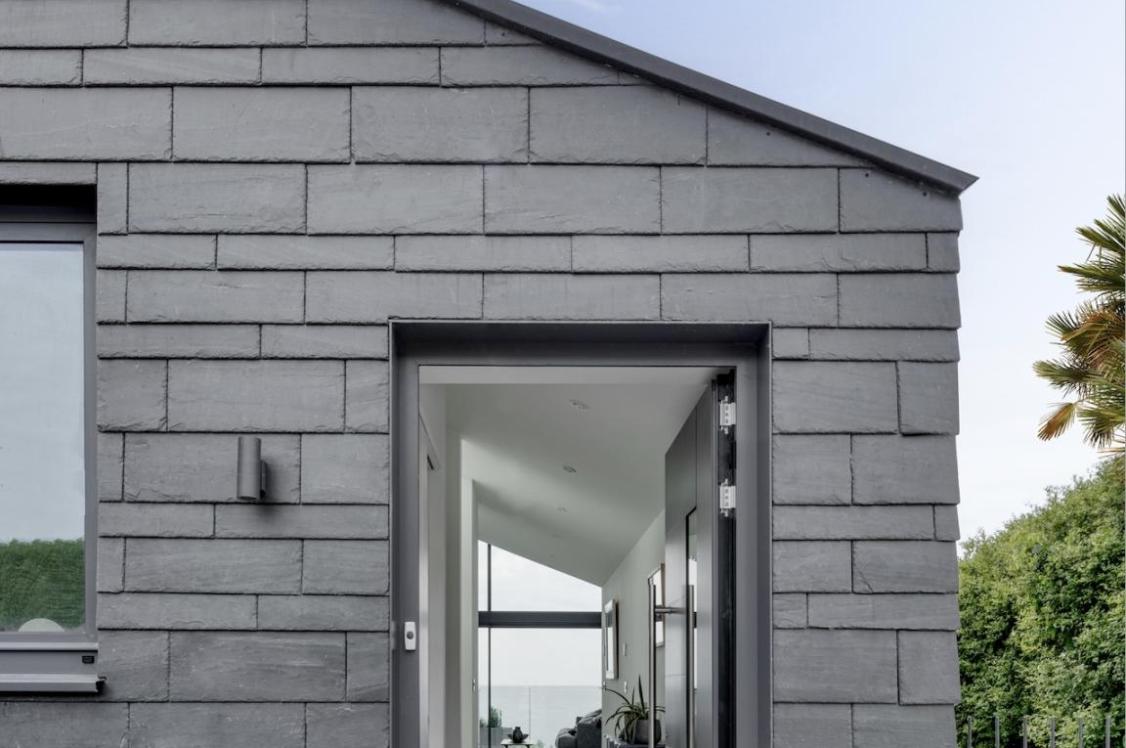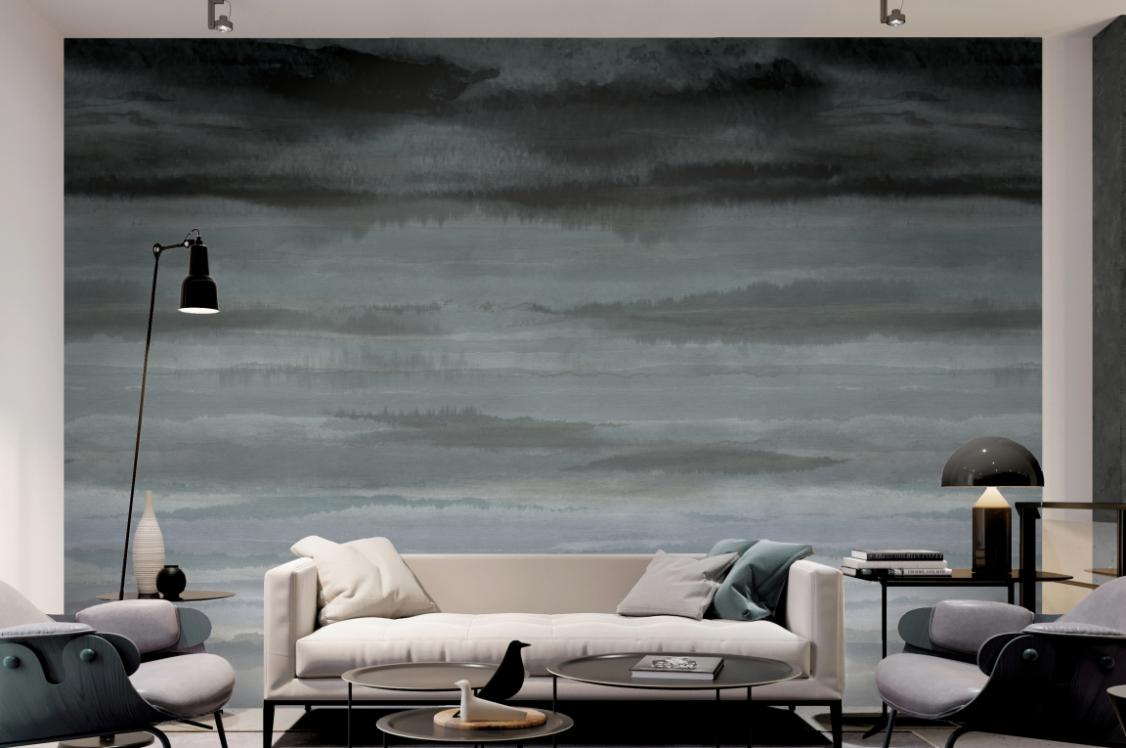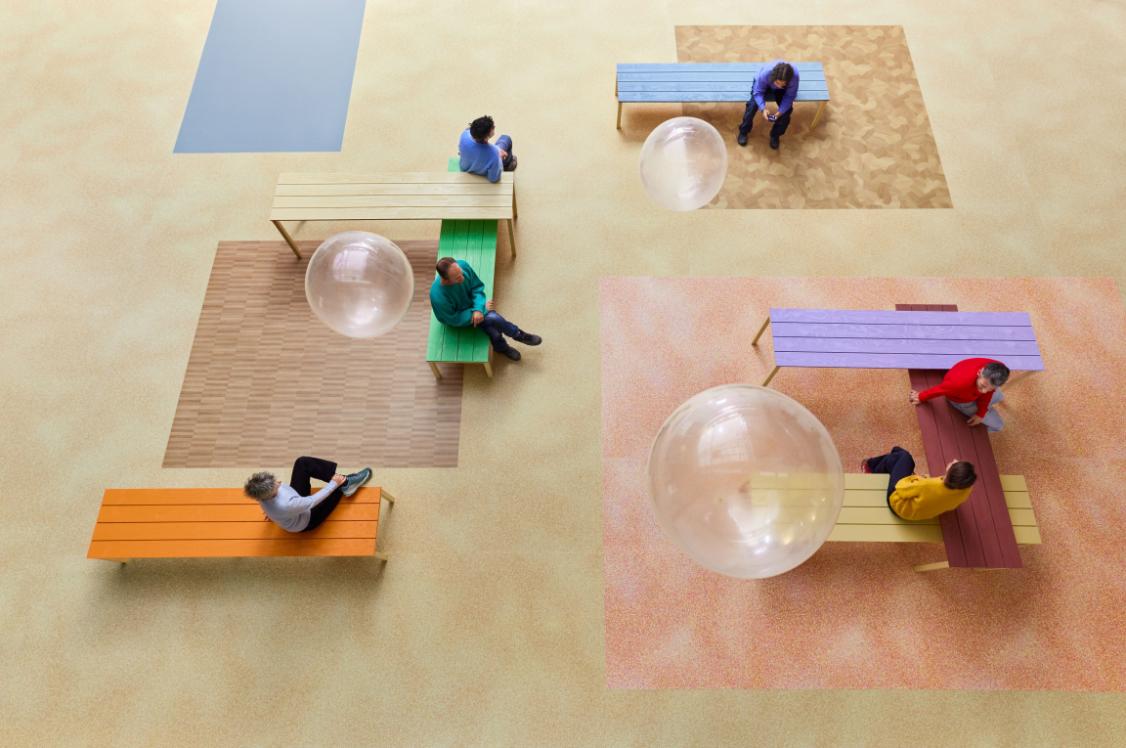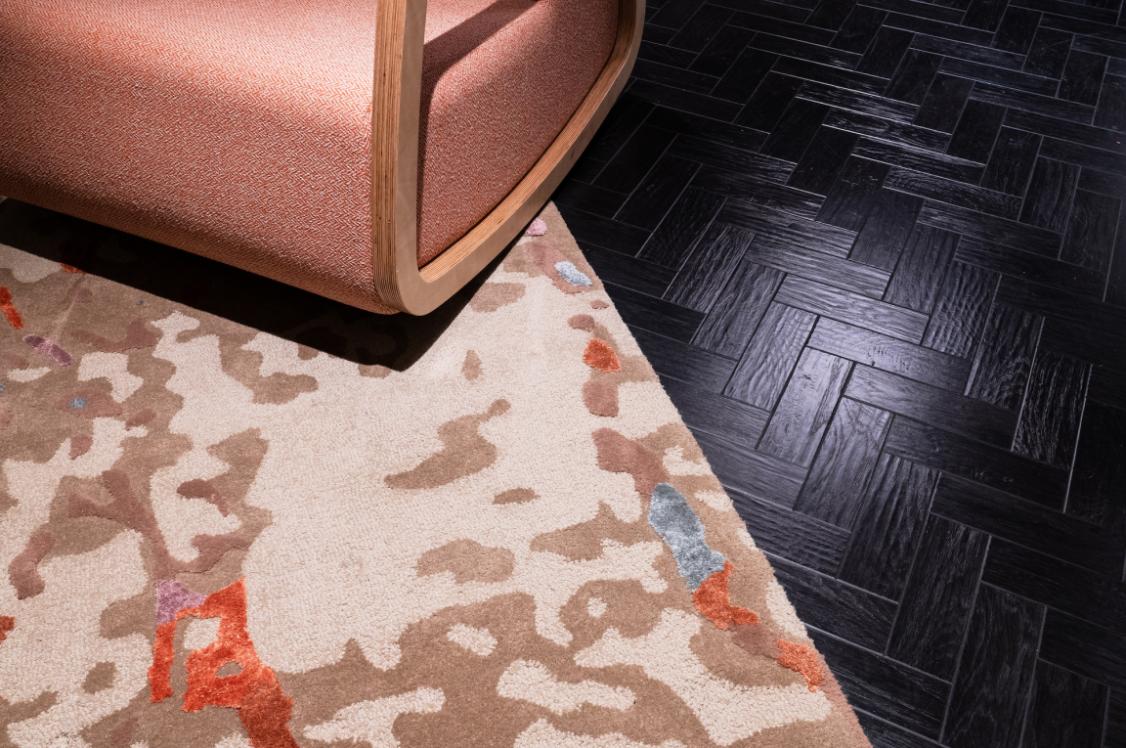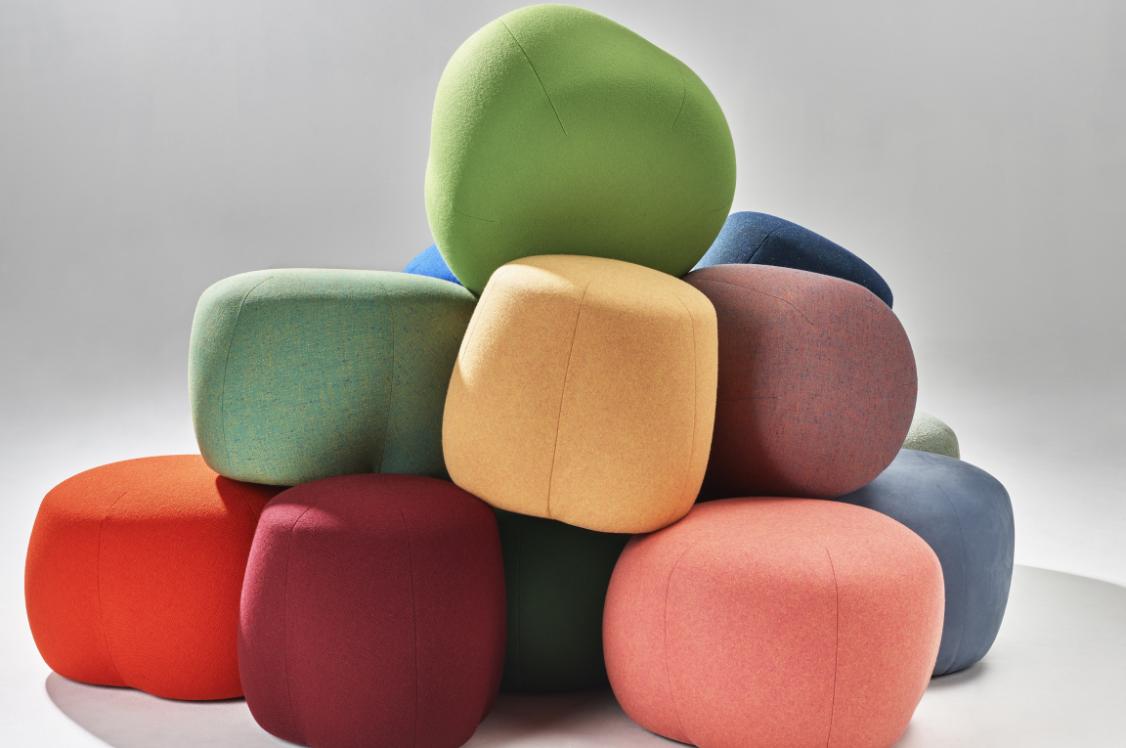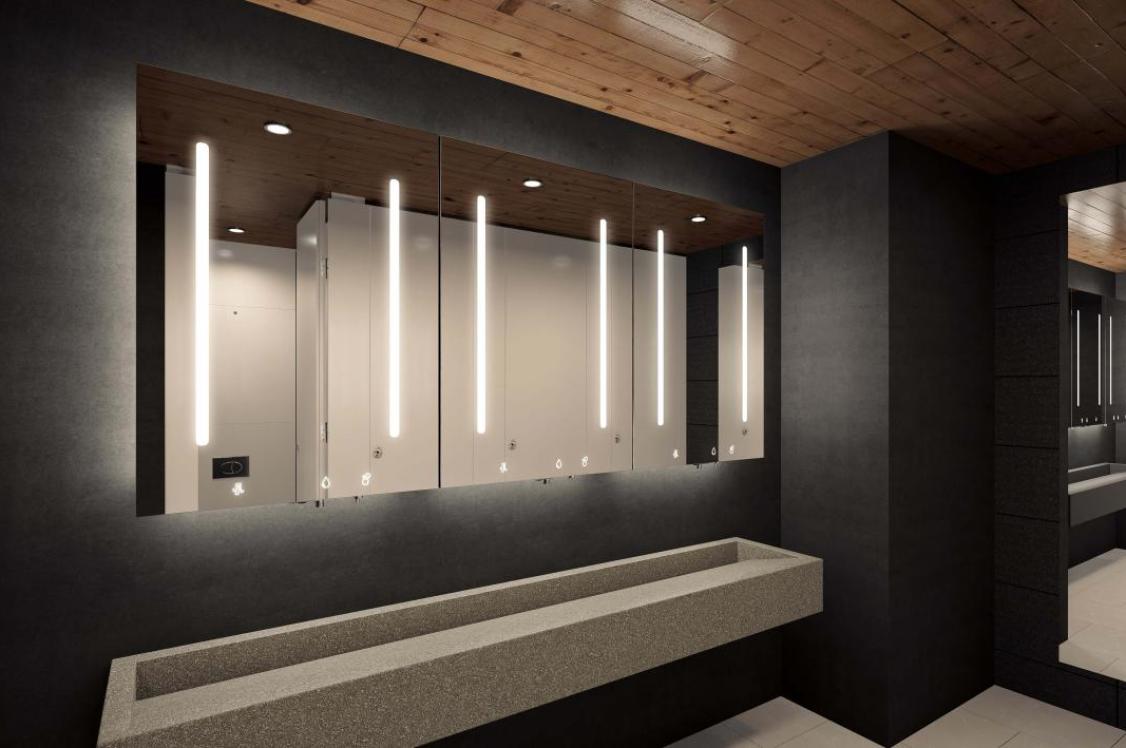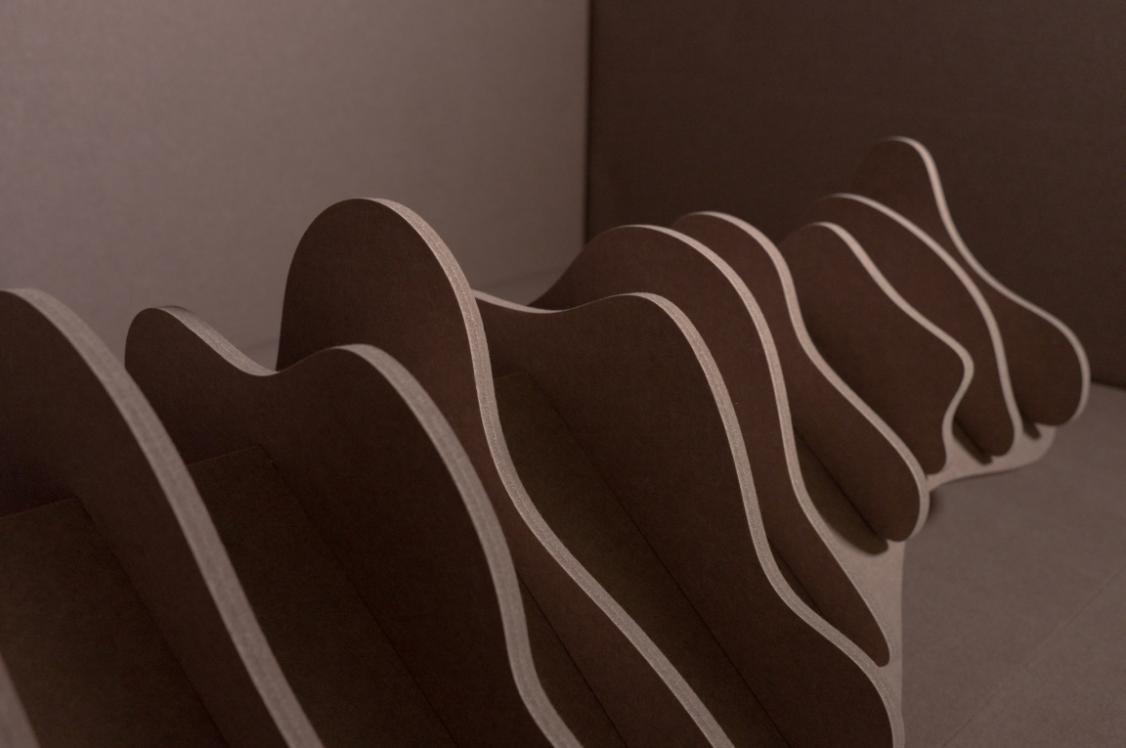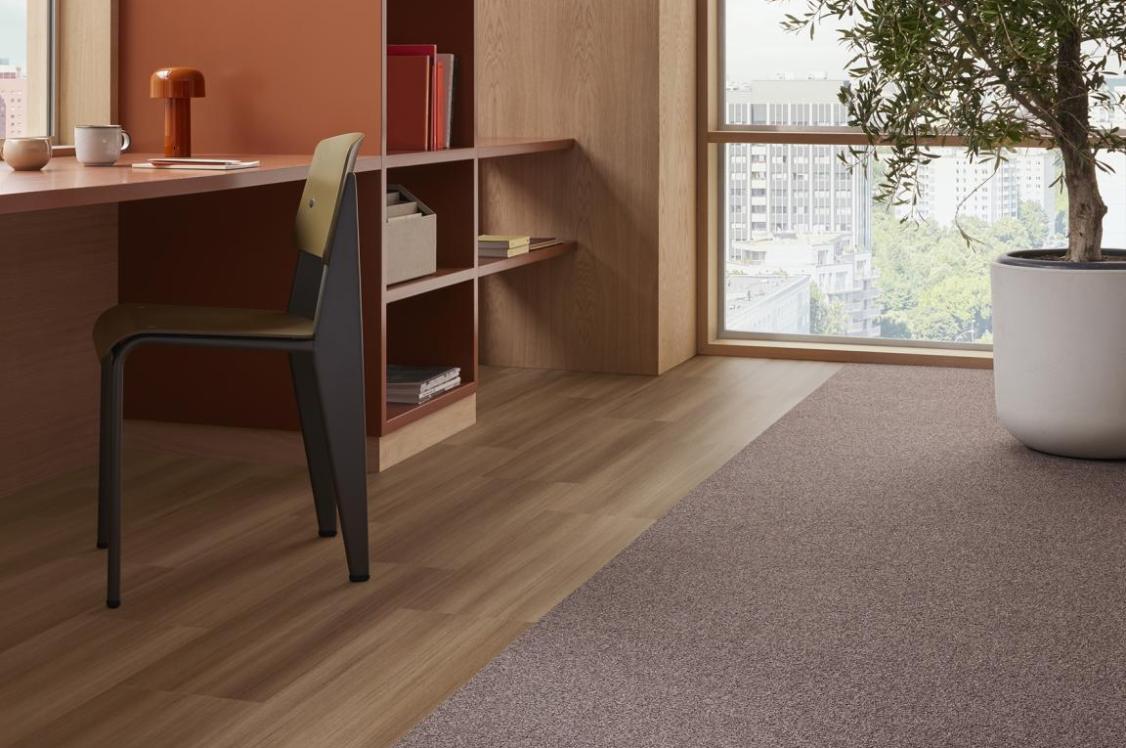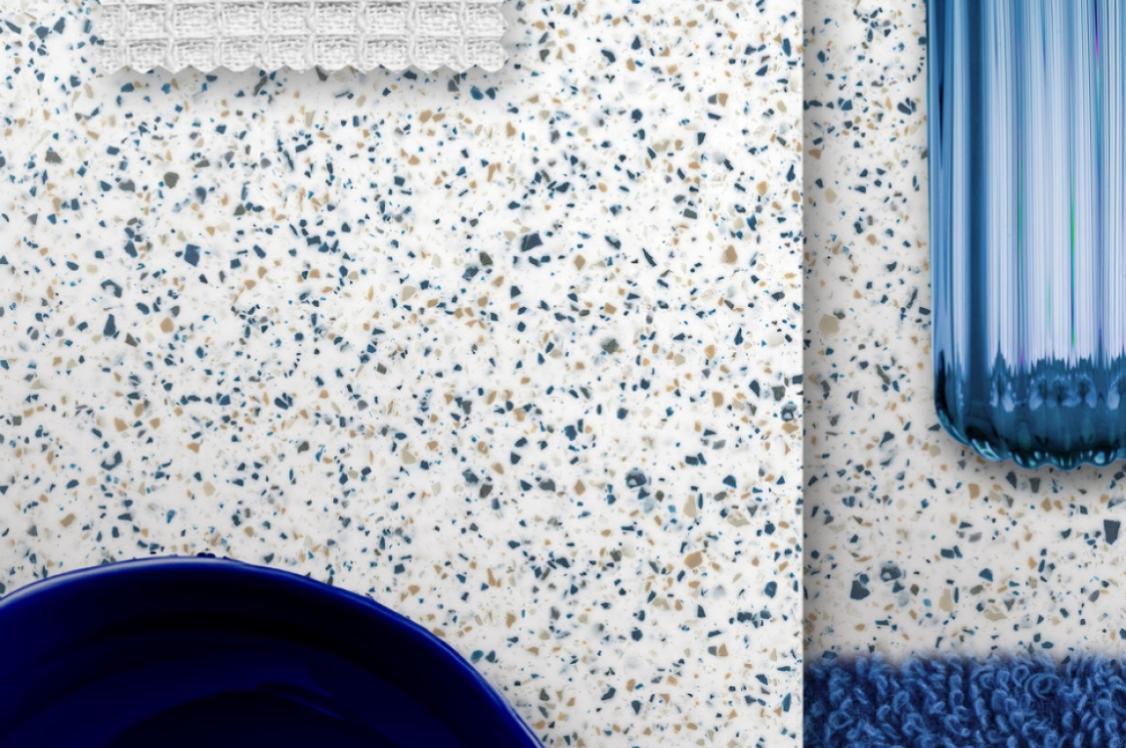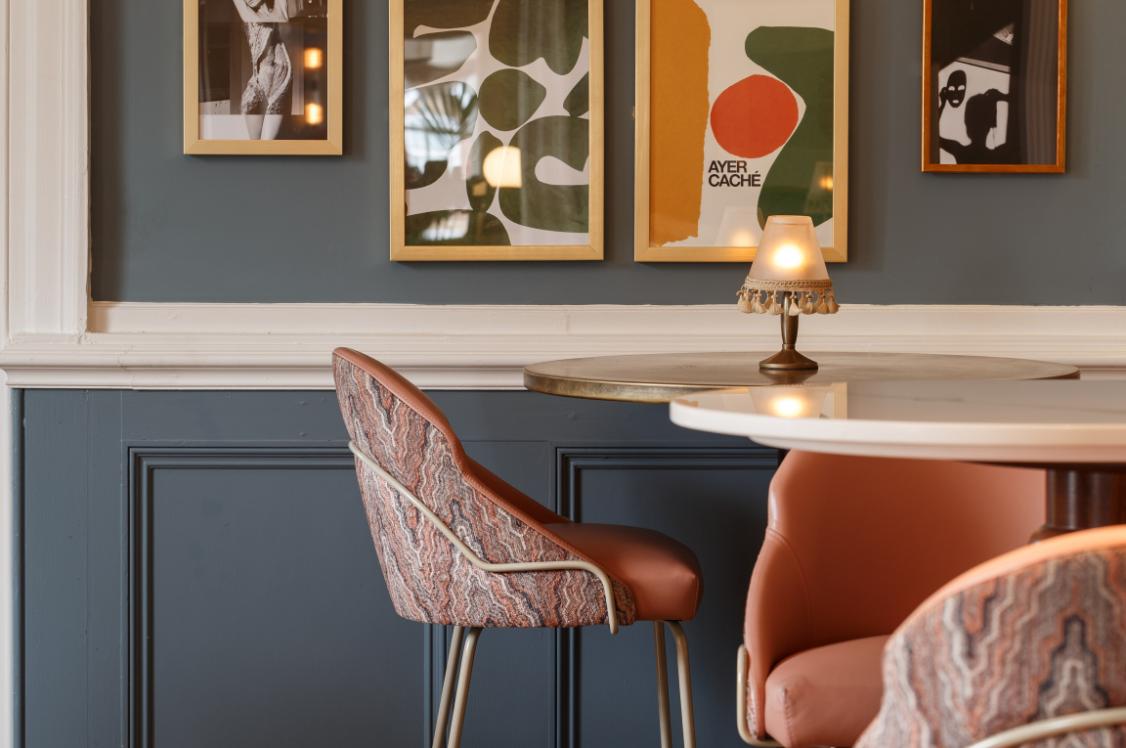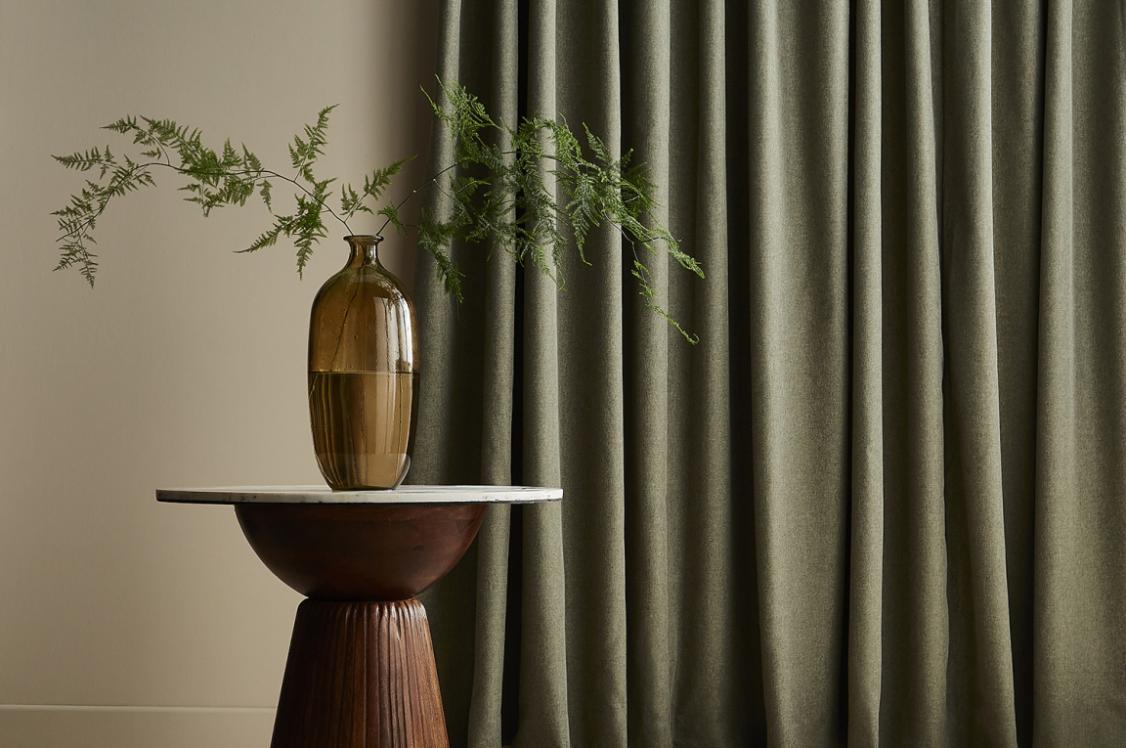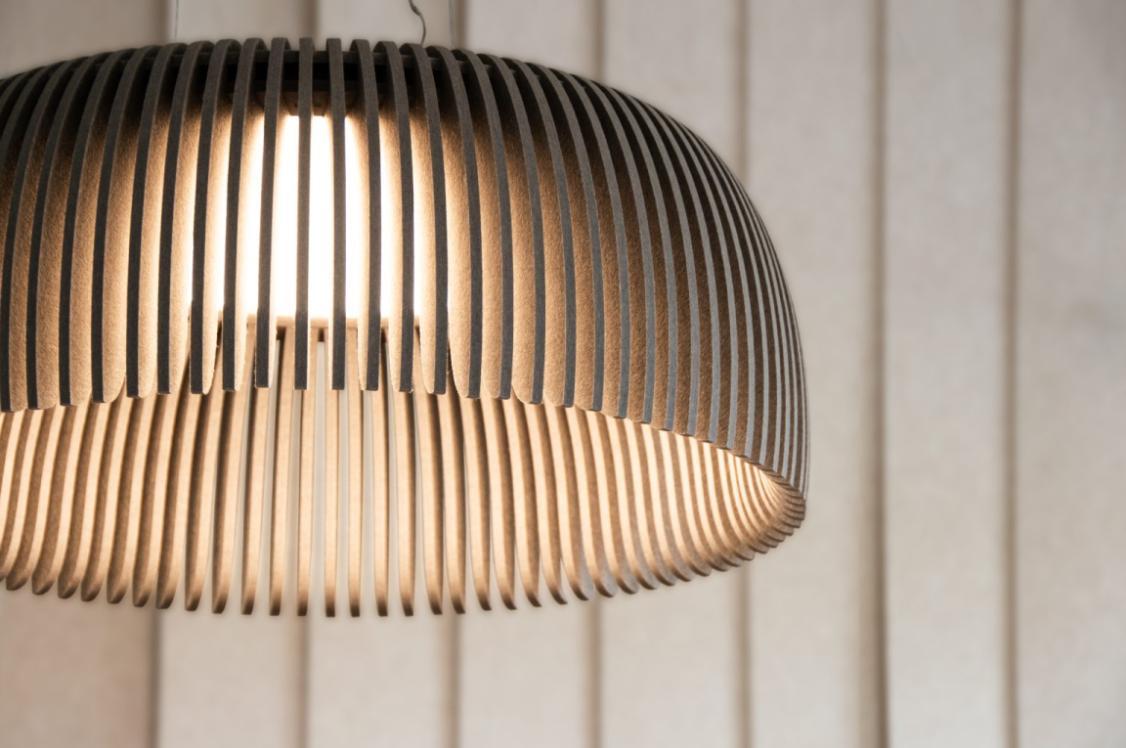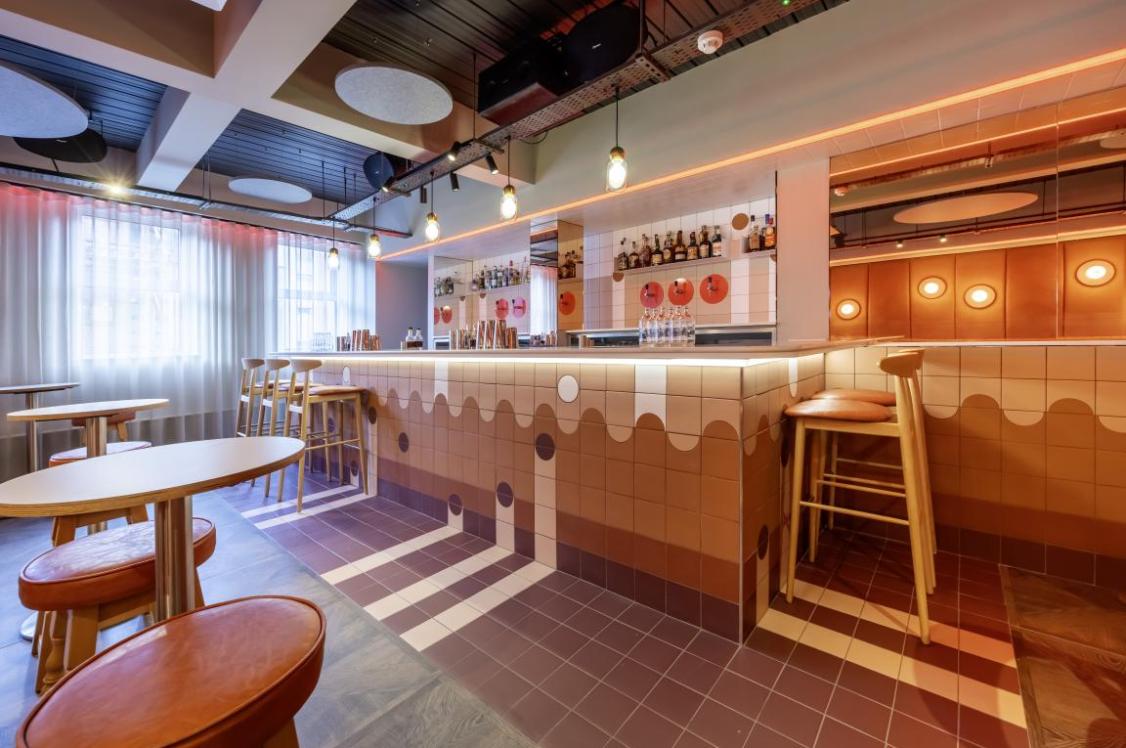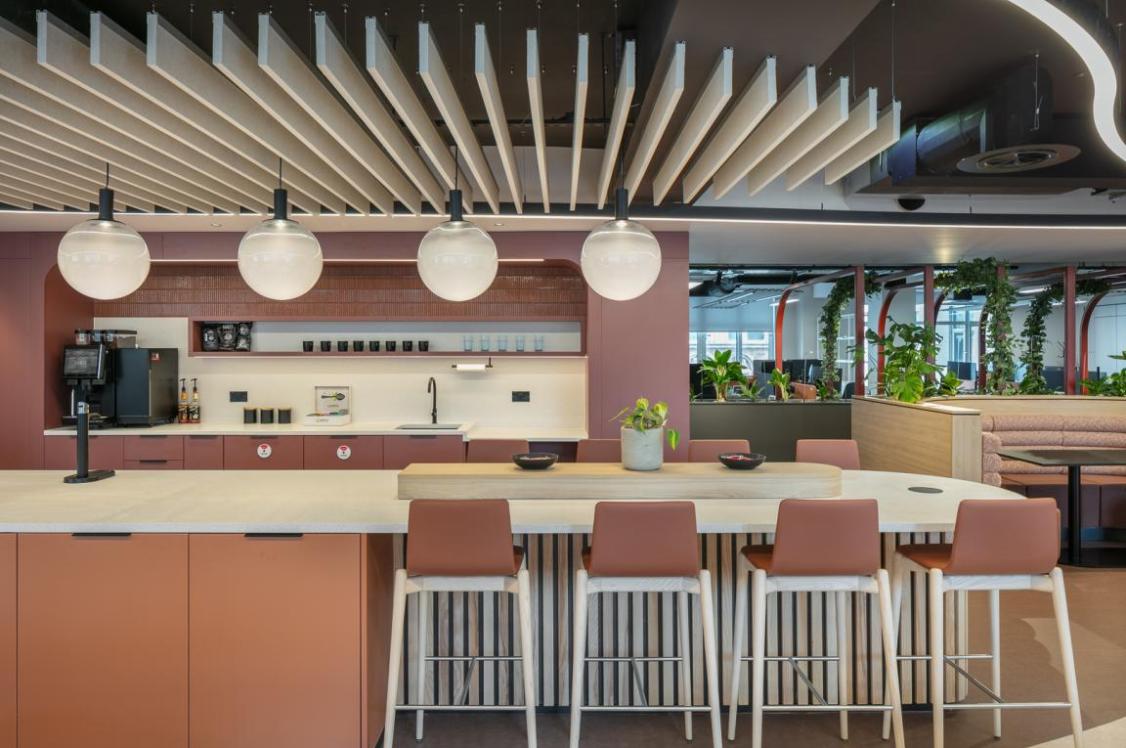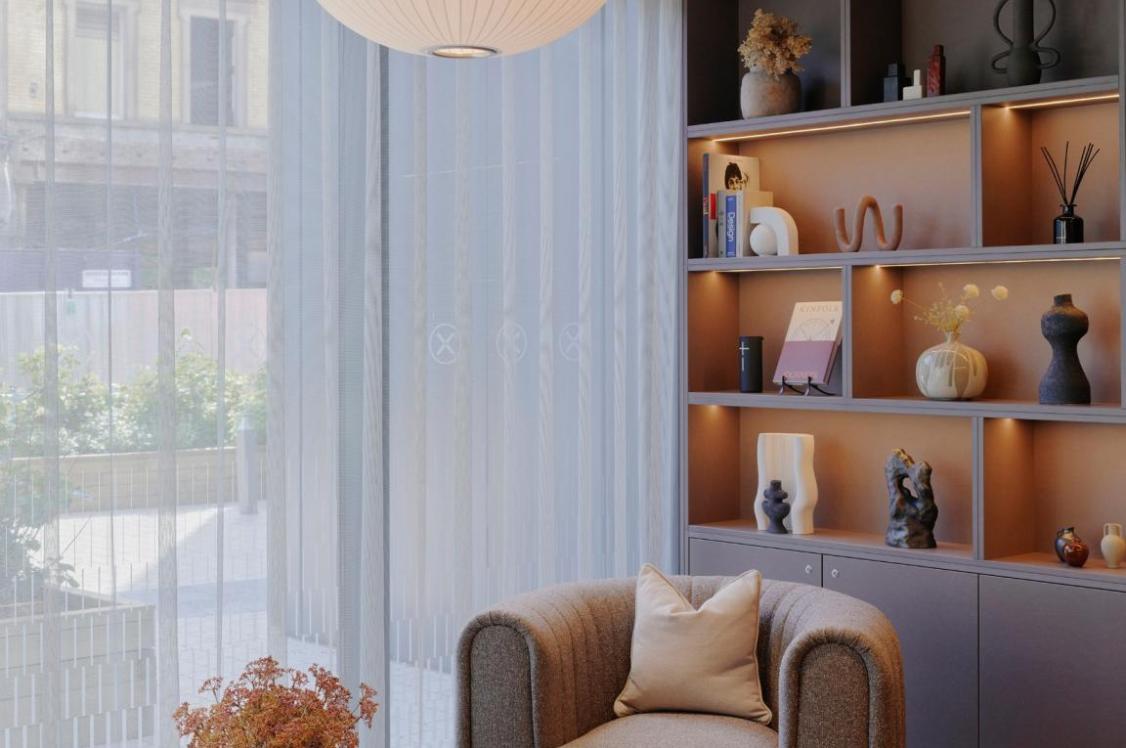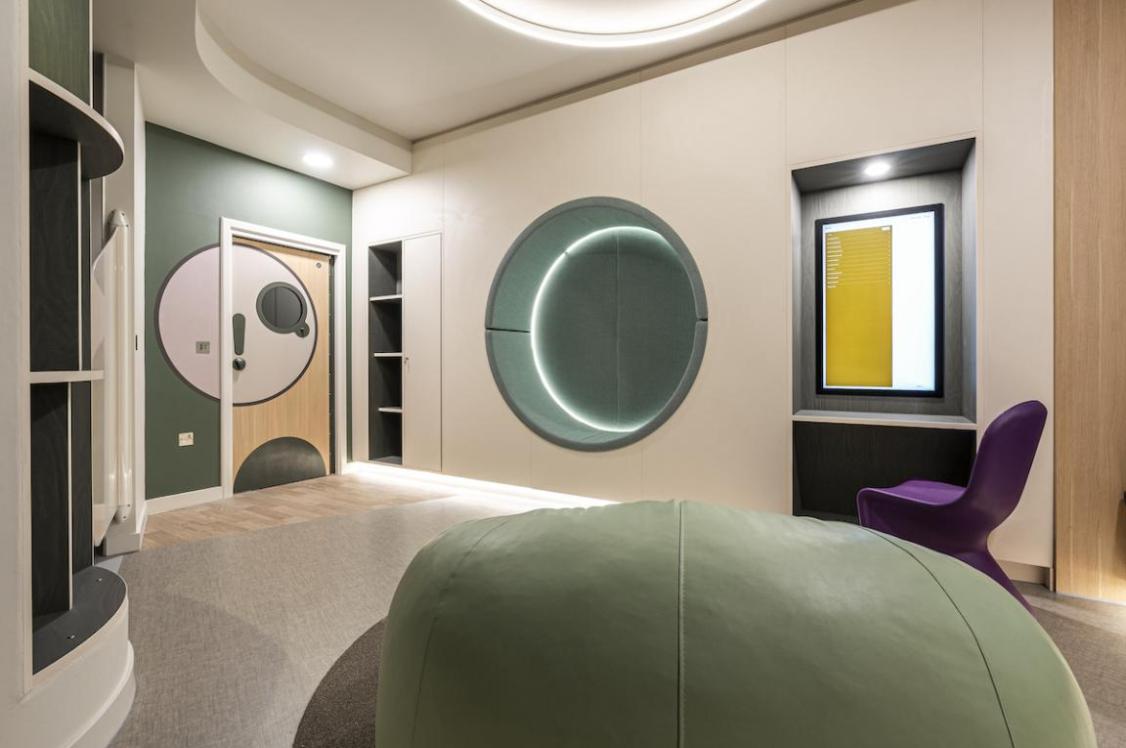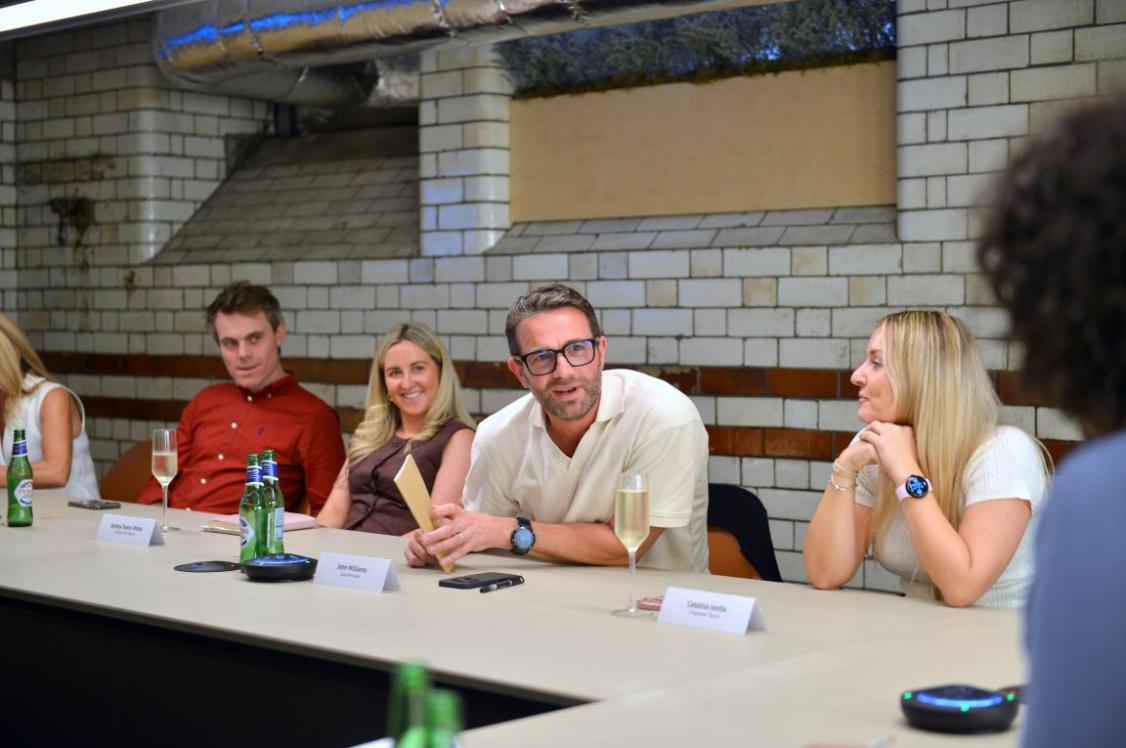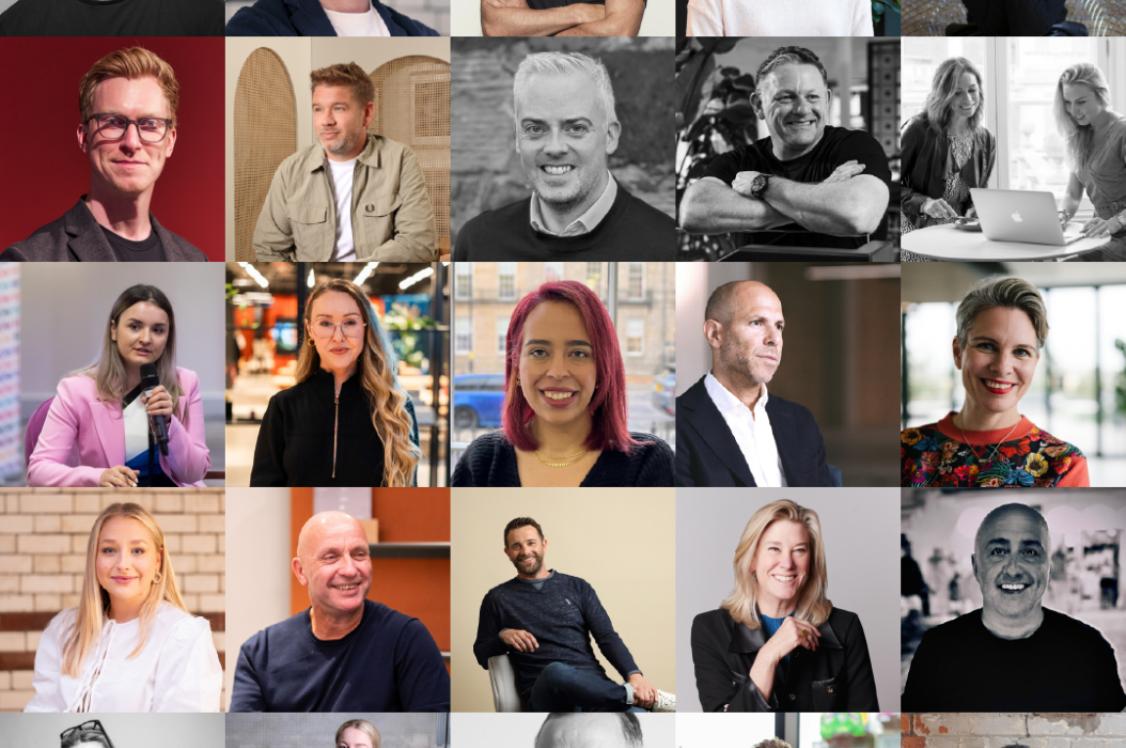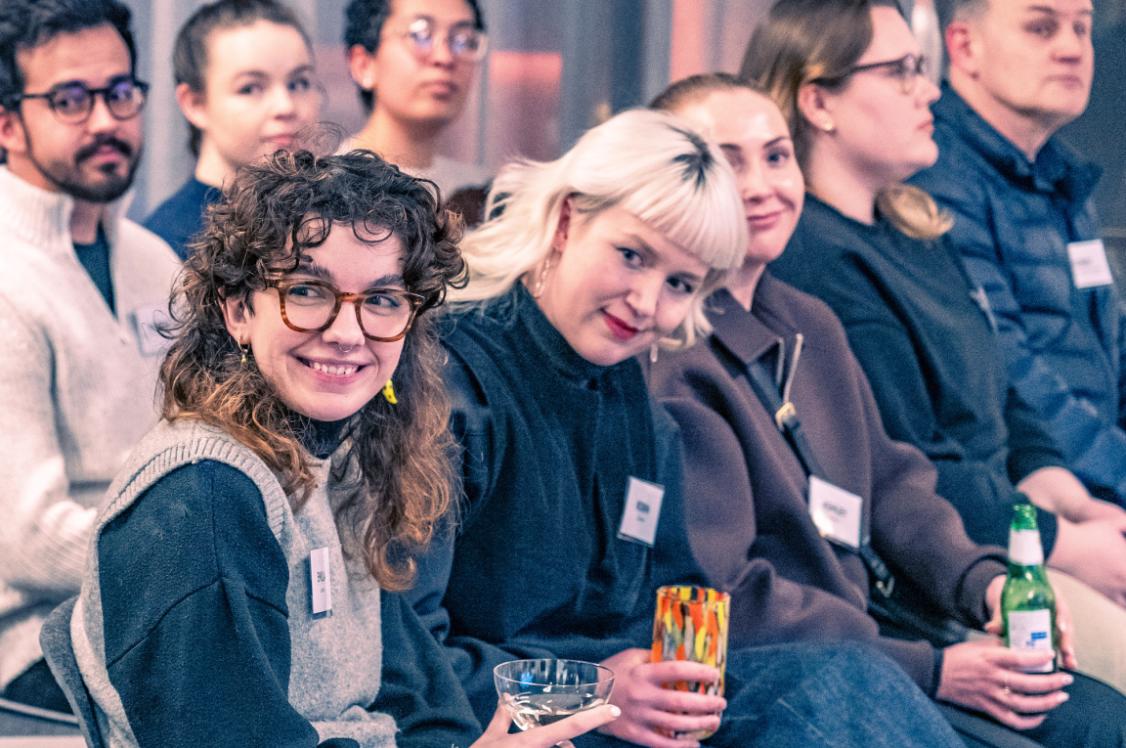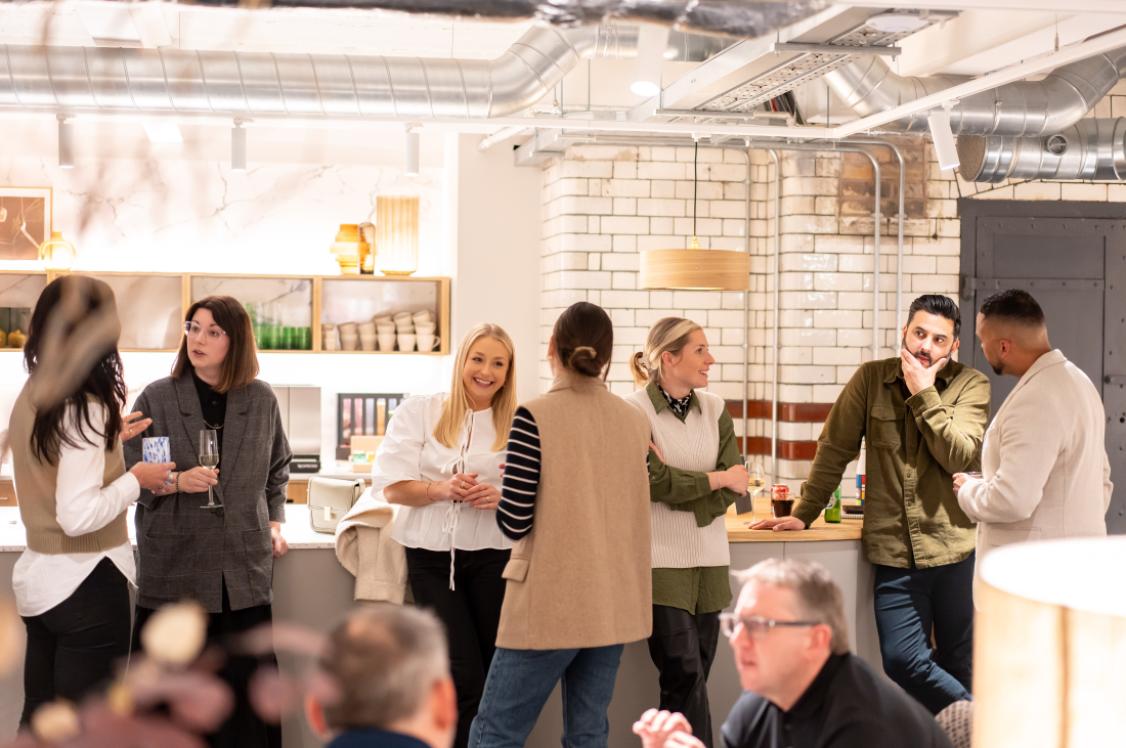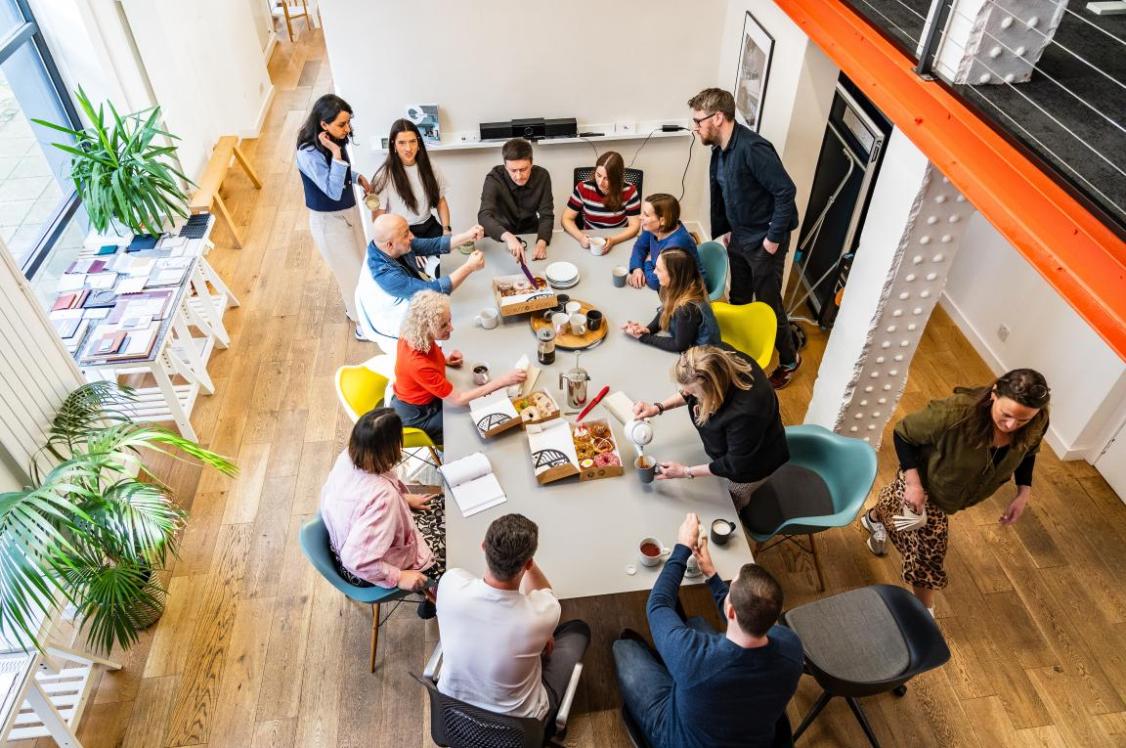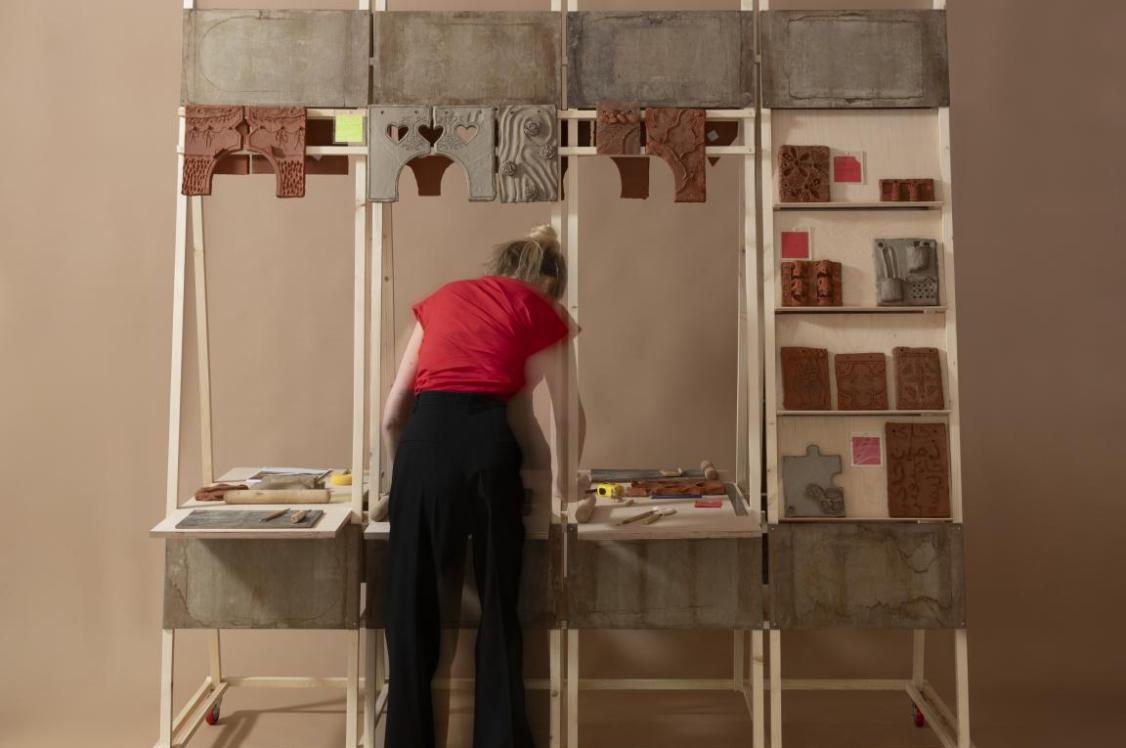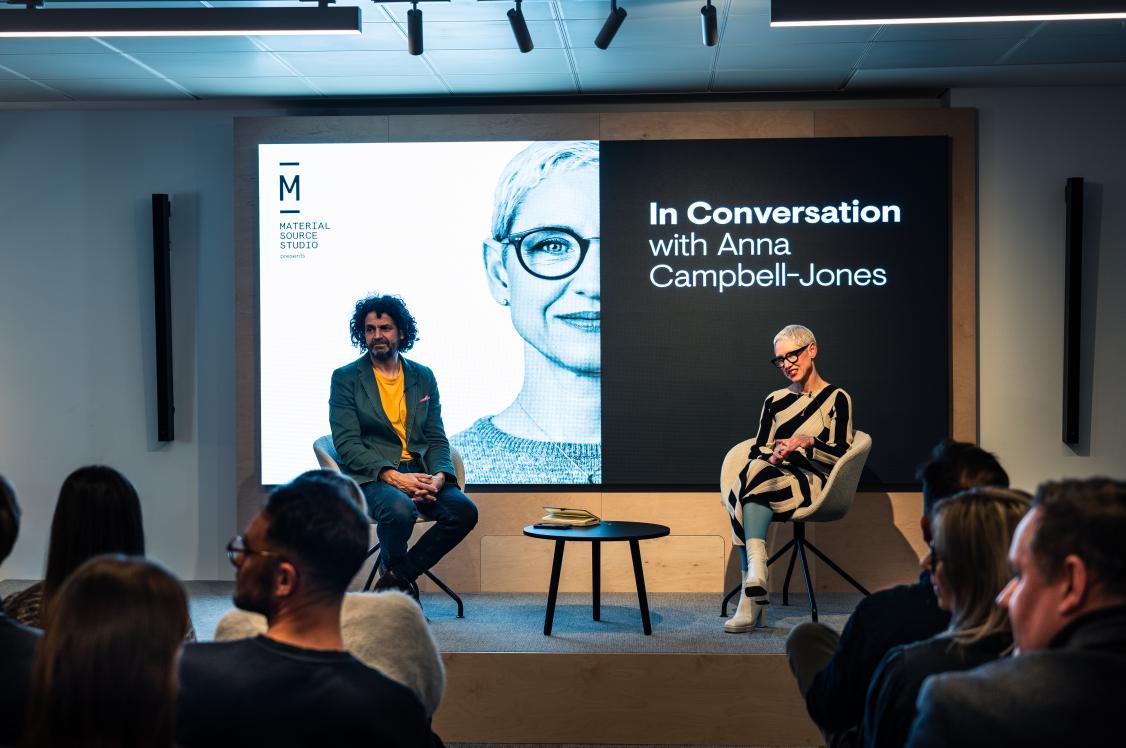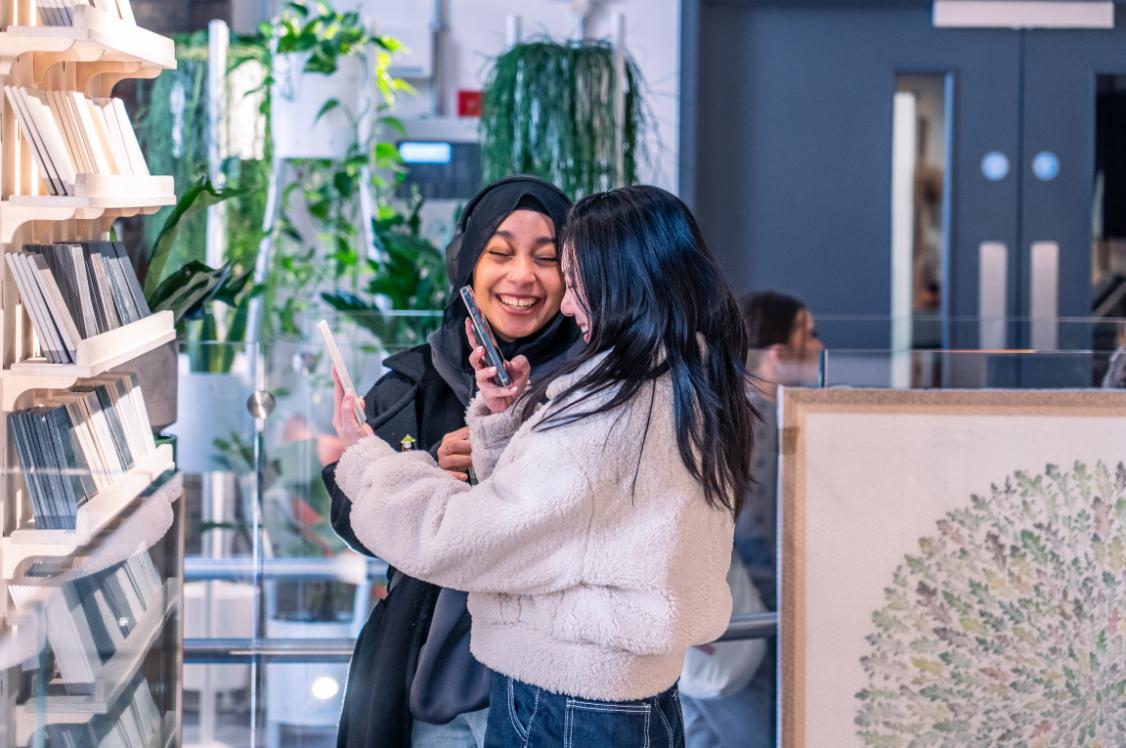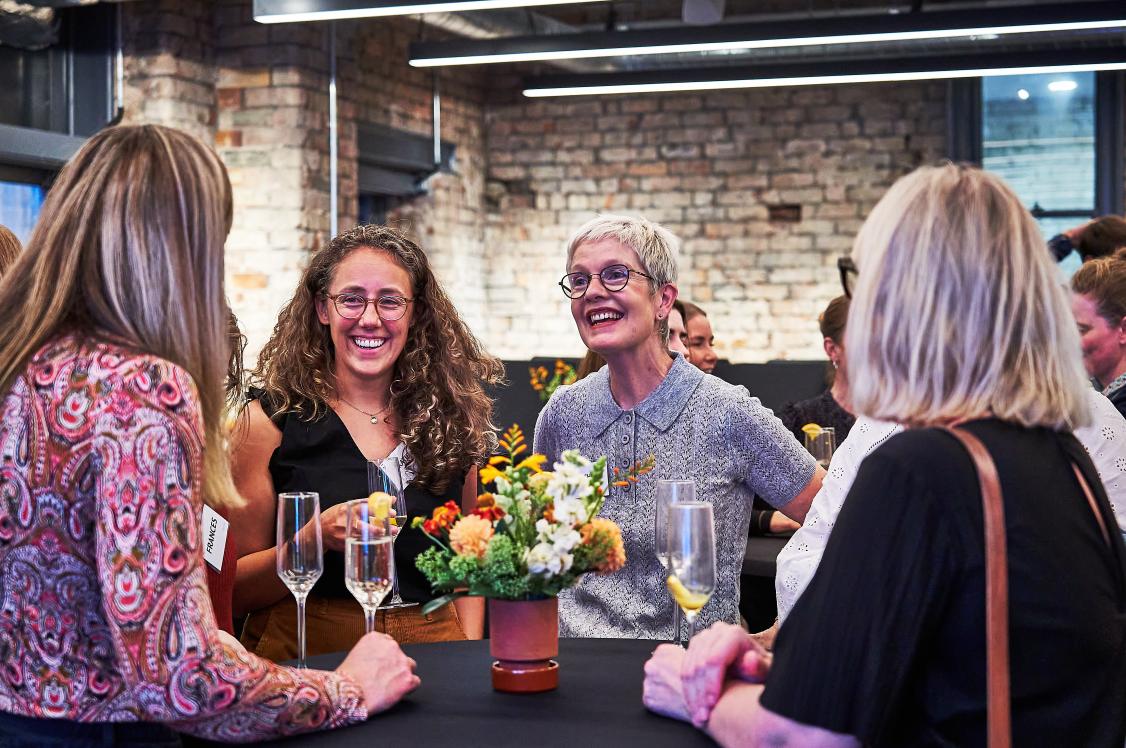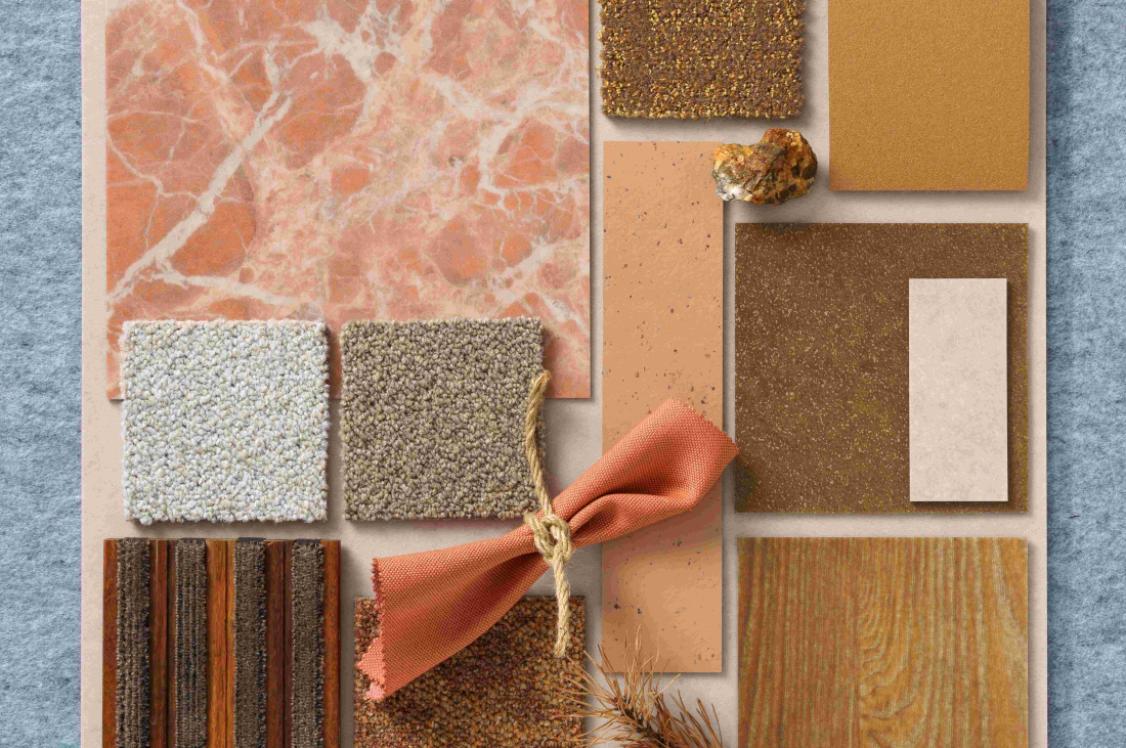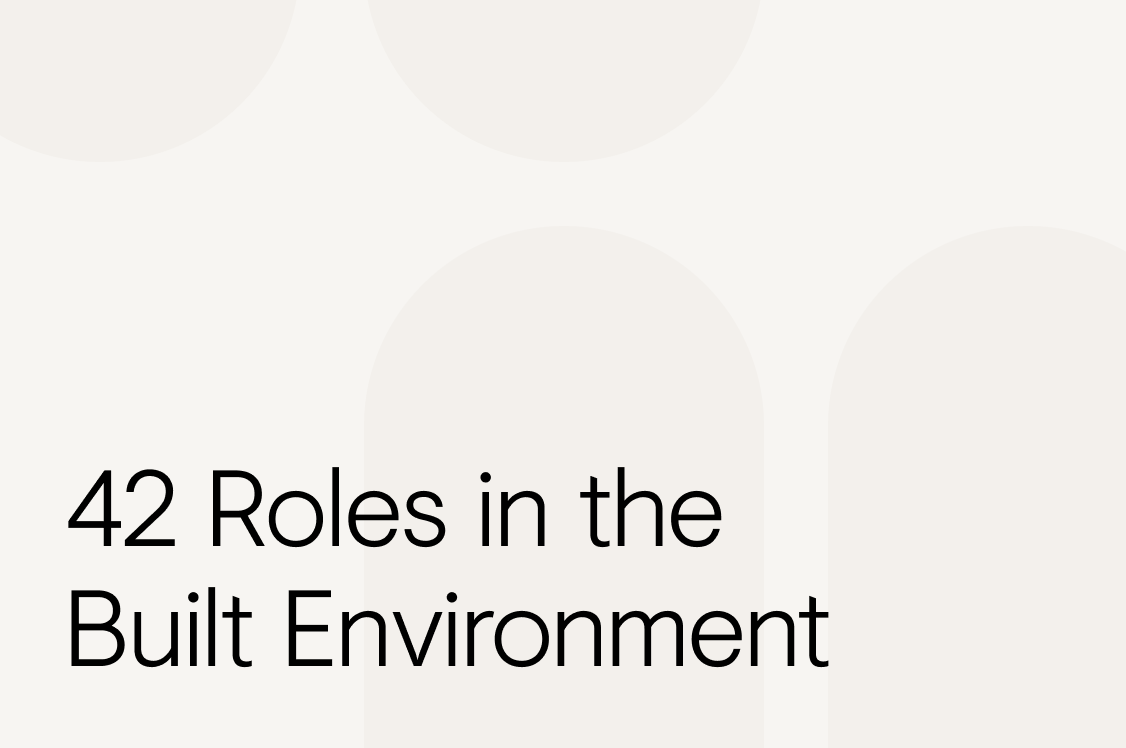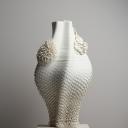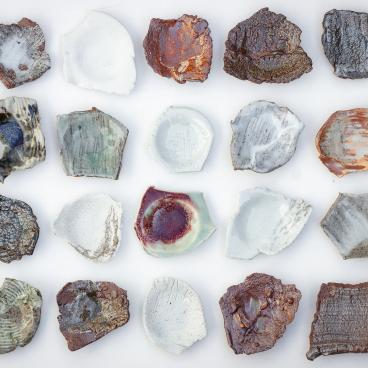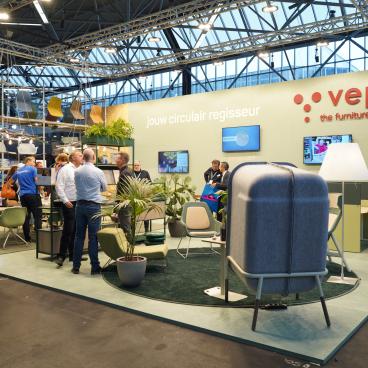Graduate spotlight: Milly Vine, bio-based textile design.
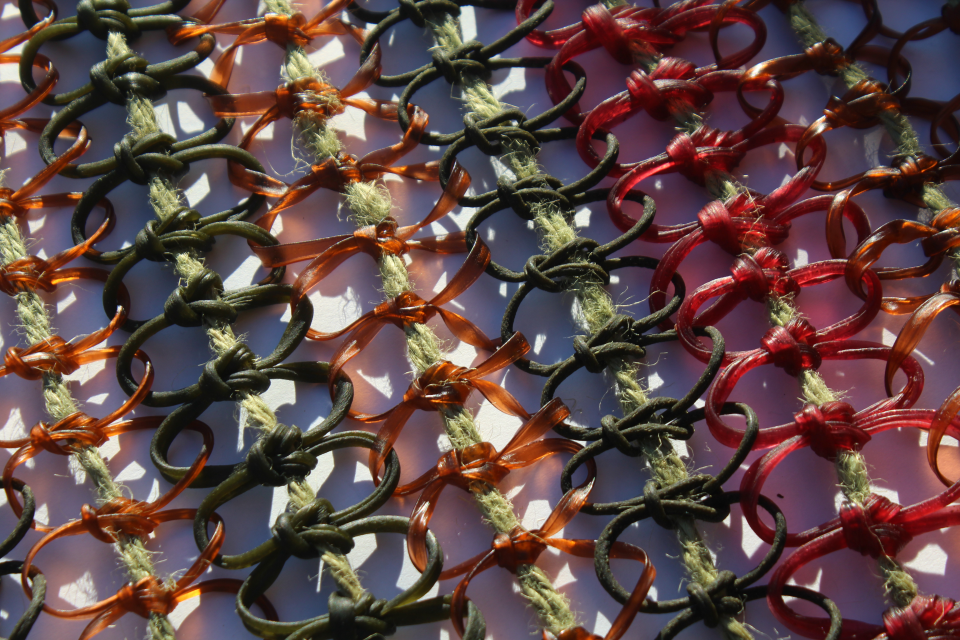
Used courtesy of Milly Vine
New Designers is a prime place to spot material innovation from the next generation of designers on the cusp on entering industry.
And this year was no different. Walking around Islington's Business Design Centre, we were buoyed up by the wealth of exhibitors challenging irresponsible methods of making - instead crafting with purpose to give back more to the planet than they take.
This regenerative approach inspired one such designer whom we met at New Designers Part One. Milly Vine, who has recently completed her BA (Hons) Textile Design at Nottingham Trent University, is inspired by the natural world and its beauty.
For her graduate project, this led her to explore a storyline-based concept which recognises natural aesthetic and tactile comfort. Through blending techniques and disciplines, Milly has created a collection of eye-catching bio-based material samples, almost candy-like in appearance.
Before Milly takes the plunge into a role within the surfaces sector, we had a quick chat about what's fuelled her work so far, and where she may be headed next...
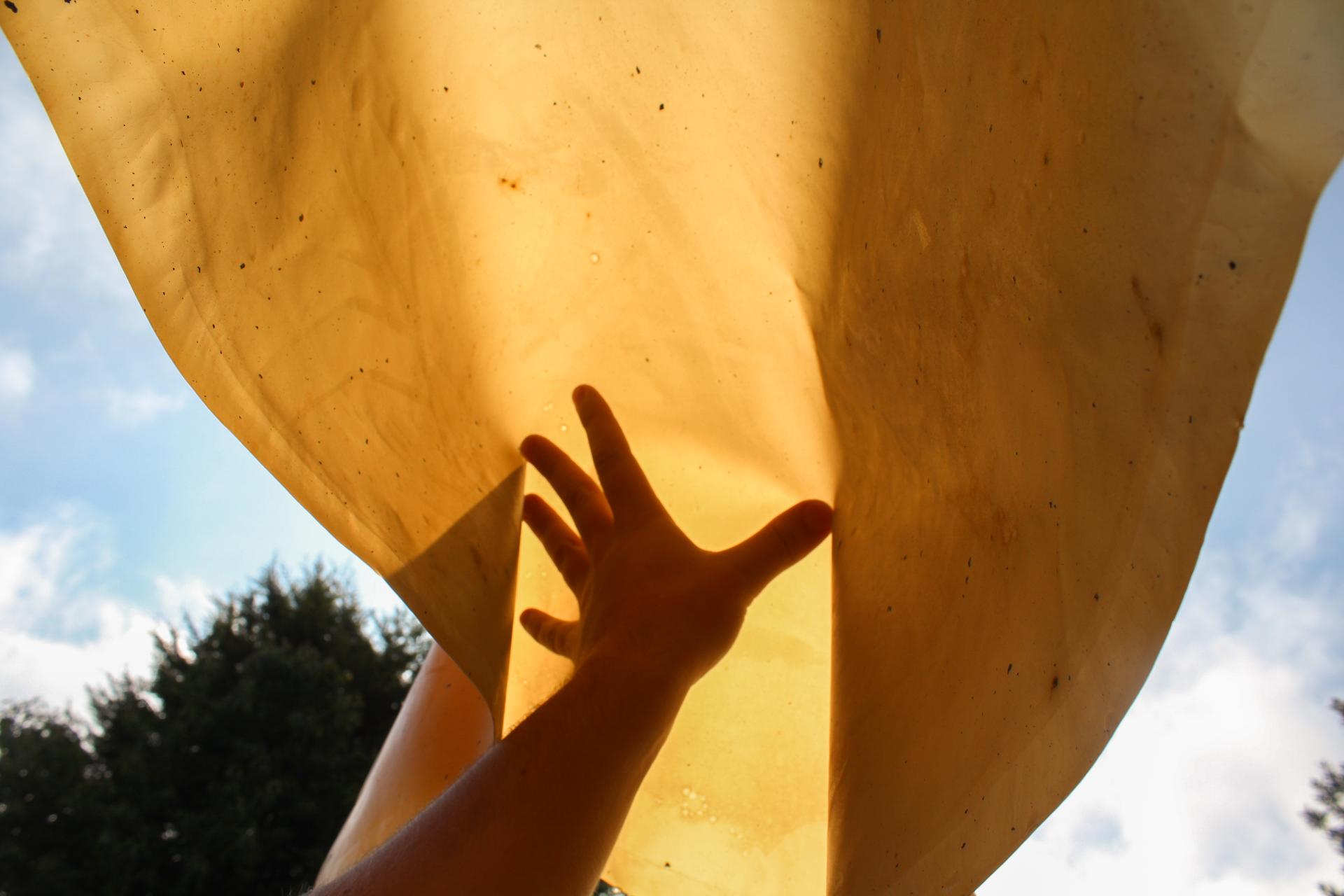
Used courtesy of Milly Vine
What sparked your interest in biomaterials?
"Sustainability has always been a key theme of my design process, and I have aimed to consider it when making all my design decisions. This began with ideas on Slow Living and anti-consumerism, minimising waste, recycling and using recycled materials and it evolved into biomaterials research.
"The main incentive behind my project was to create materials that would have a net positive impact on the environment. This can be done by using materials that come from the ground and are found in natural environments, and when the garment is no longer used, these materials are not only recyclable but become absorbed back into the ground and become part of the ecosystem once again.
"I believe that this is a more responsible mindset and is something that the fashion and textiles industries will need to embrace, as governments and industry are implementing new ways to be more environmentally sustainable.
"I’m fascinated by the thought of making a biomaterial that has the advantages and qualities of normal fibres but can be environmentally degraded quickly at the end of its life cycle."
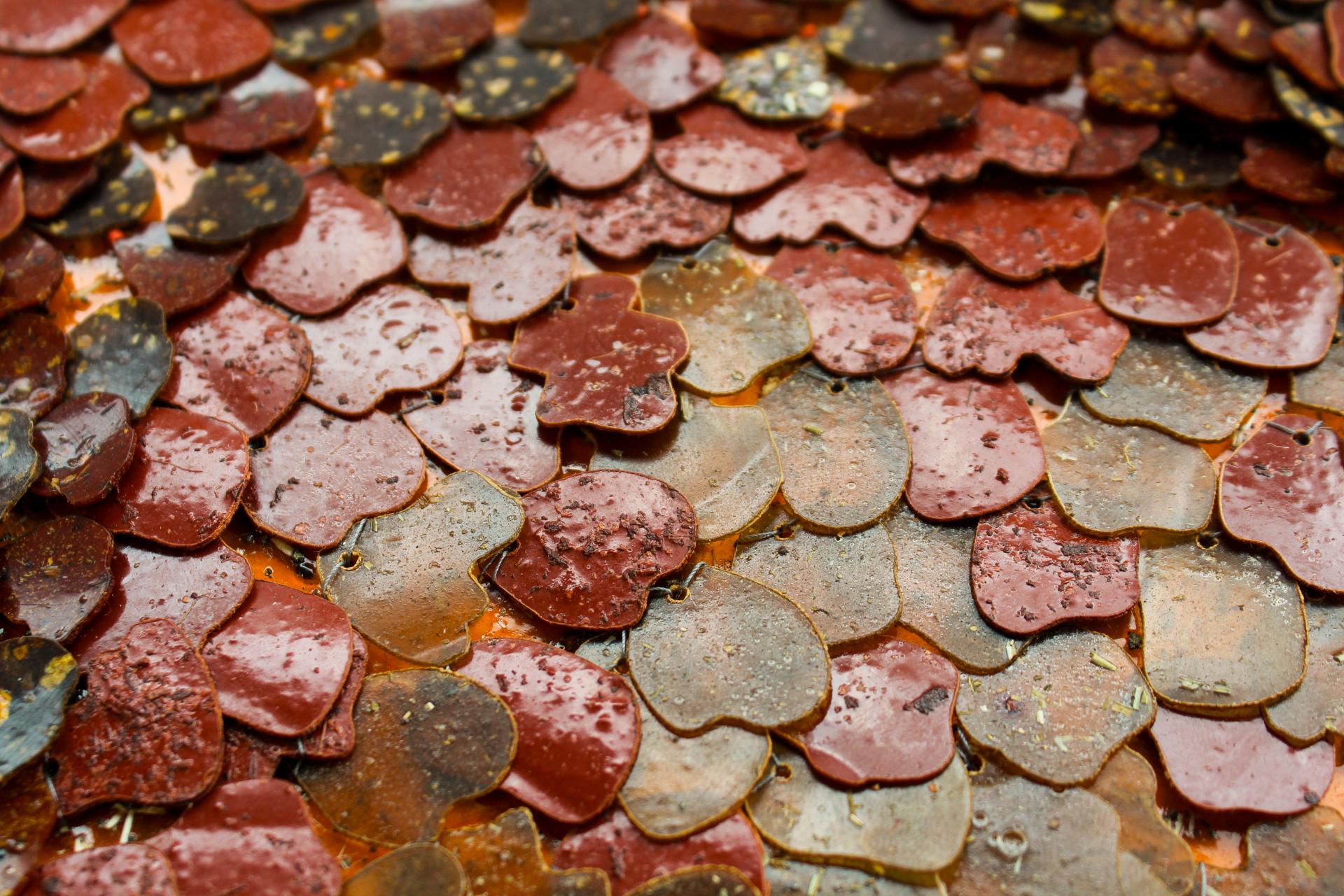
Used courtesy of Milly Vine
Where do you source the matter that you work with?
"Most of the ingredients I use in my bio-materials are freely available at any supermarket, or can be home grown such as simple herbs and spices.
"Sometimes I even use household food waste saved up from cooking, or ingredients foraged from the outdoors like grass. This goes to show that making bio-materials is a lot more accessible than one might think.
Making bio-materials is a lot more accessible than one might think.
"It can very easily be done in your kitchen at home, and I would encourage any designers interested in biomaterials to have a go."
Can you briefly explain your making process?
"To create my biomaterials I start with a bio-polymer, usually gelatine or agar that I combine with a plasticiser and water. I heat this mixture and pour it into a mould. Other ingredients can be added to vary the texture, dexterity and the aesthetic qualities.
"I manipulate the materials in as many ways as I can, trying to find their limits and create innovative outcomes.
"I have researched using processes such as laser cutting, engraving, macrame and embedding other structures such as wire into my new bio-material to experiment with structure, durability and characteristics such as pliability."
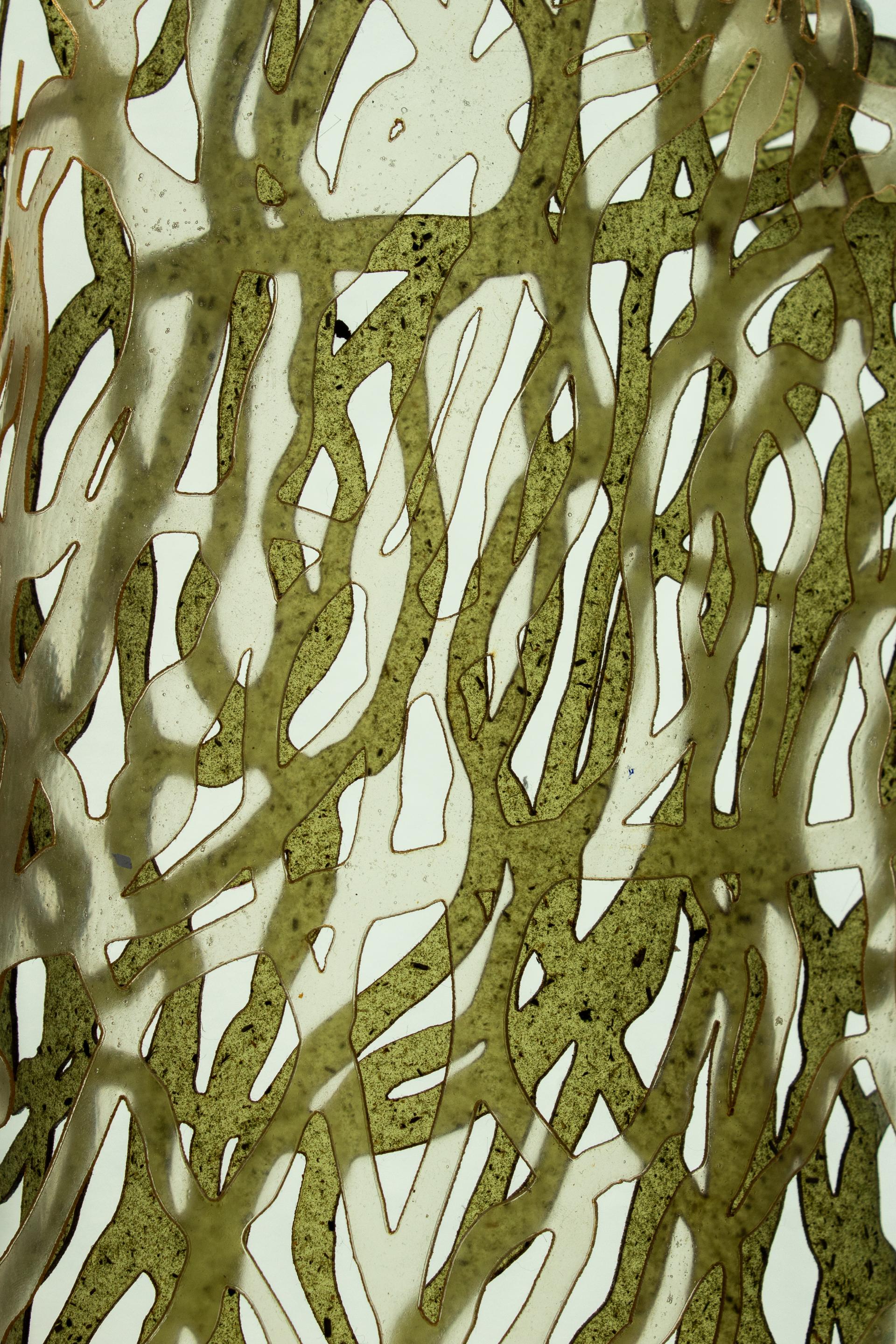
Used courtesy of Milly Vine
How do you envisage your materials being used in application?
"The biomaterials I’ve made so far are very versatile, they can be adapted for all sorts of applications by adding different elements such as dyes, tactile additives and strengthening additives.
"I envisage that they could be used in clothing, particularly outdoor activewear. With some manipulation they could be adapted to accessories. There could in the future be the possibility for these materials to be used for large scale outdoor items.
"At the moment my materials are still at the early stages of development, but as more companies are switching to all-natural fibre production, these new forms of bio-materials that I have been researching and using could feature more and more within industry."
Where do you plan to take your exploration into materiality next?
"I plan to continue developing my bio-materials particularly focusing on waterproofing, strength and durability of the materials. I am exploring the possibility of a Masters degree to help me to do this.
"My other design passion is pattern and print, and my ideal future role would be one combining pattern, print and sustainable, natural materials.
"I believe this could result in beautiful, practical garments and textiles that are produced with minimal environmental impact, and as mentioned before, can be reintegrated into the ecosystem that they came from once they are no longer in use."
Check out more of Milly's work on Instagram.


